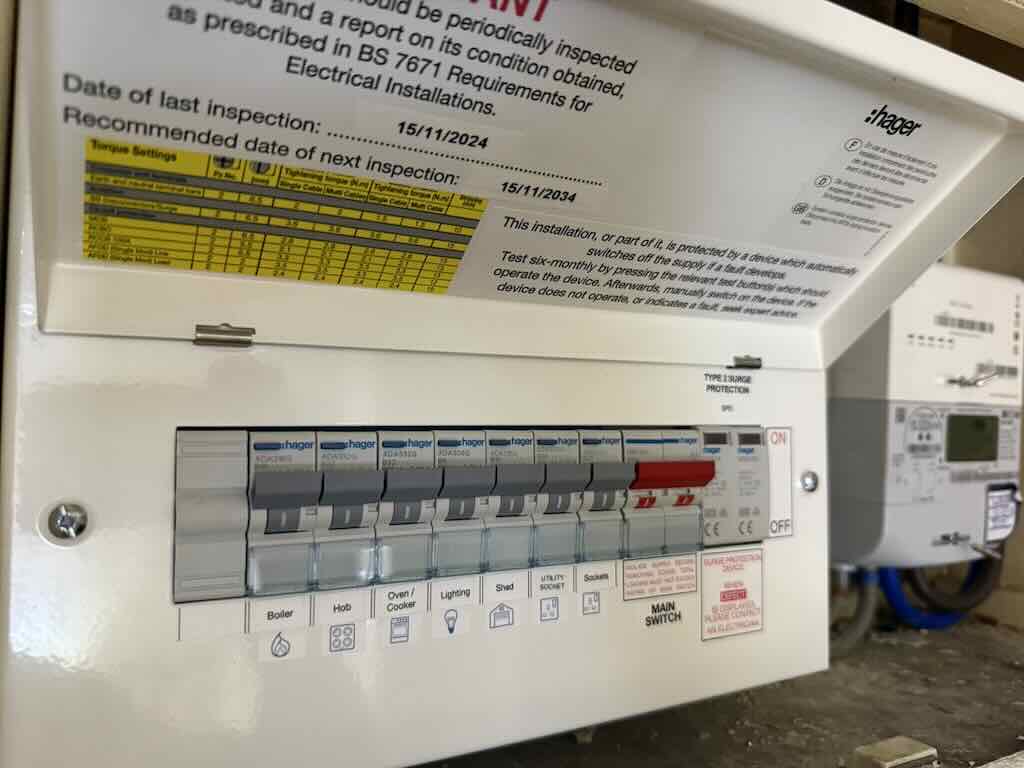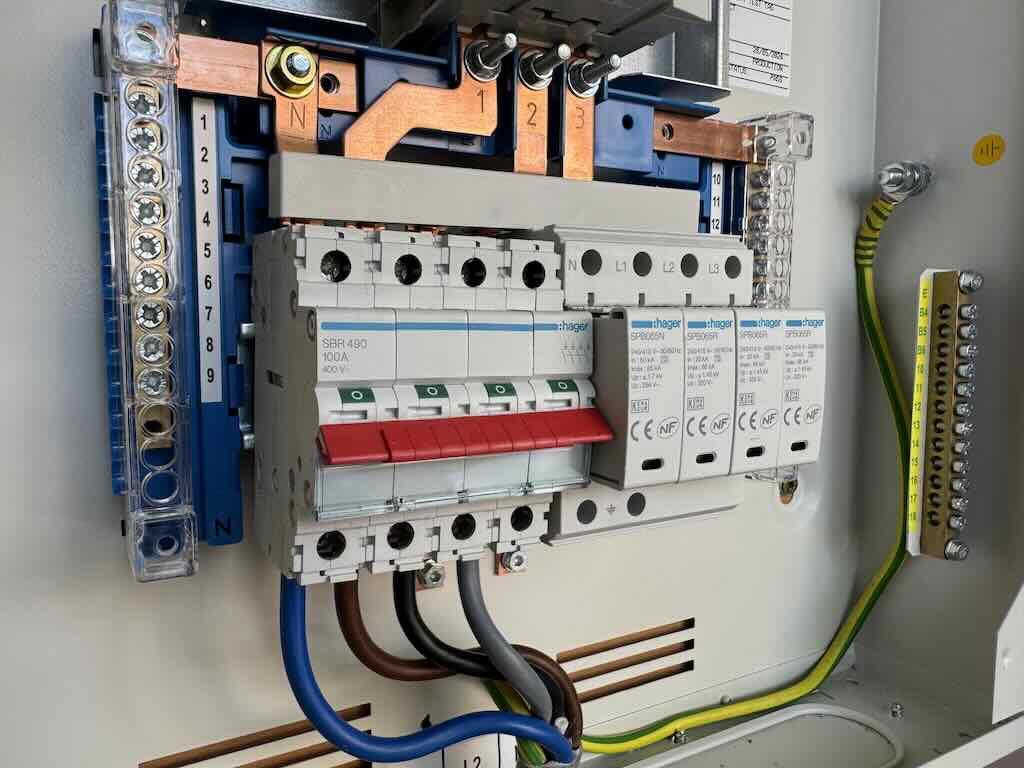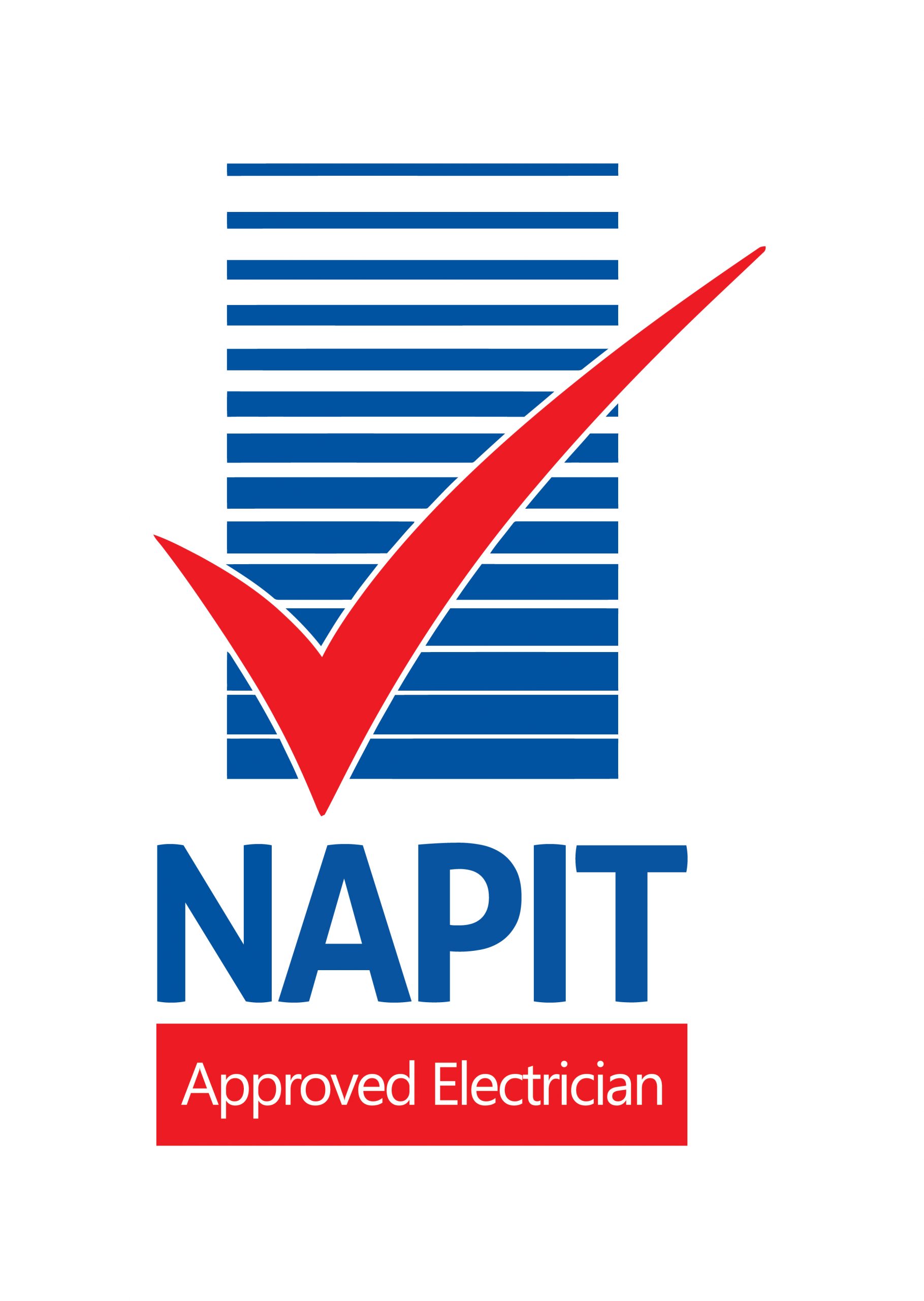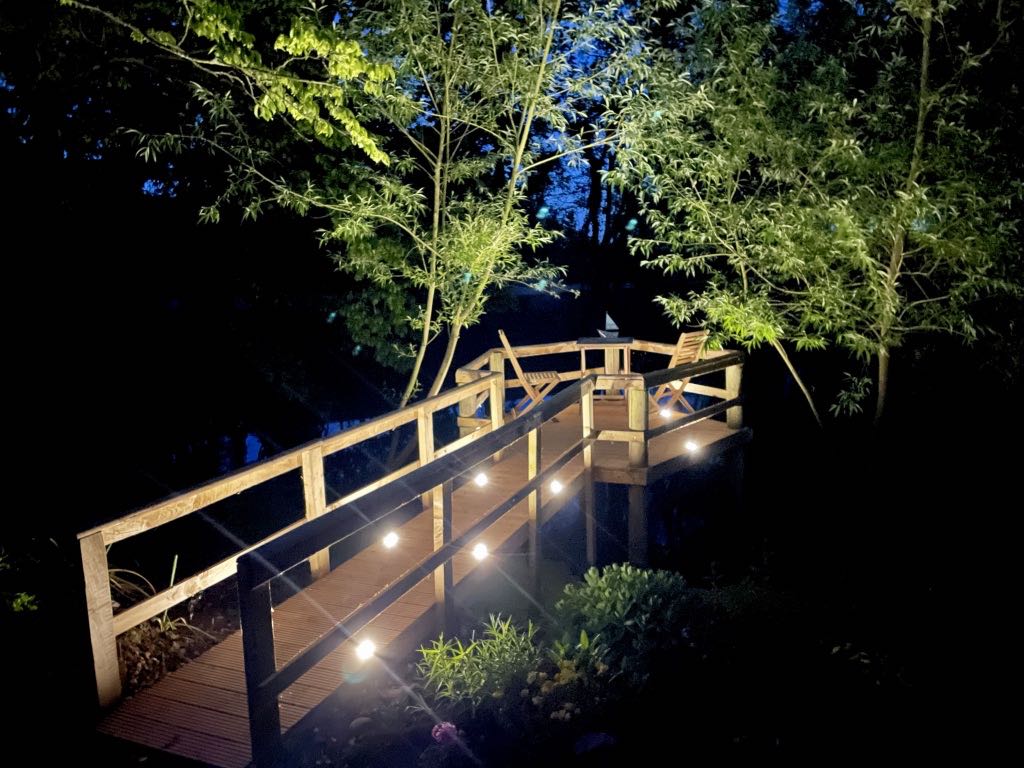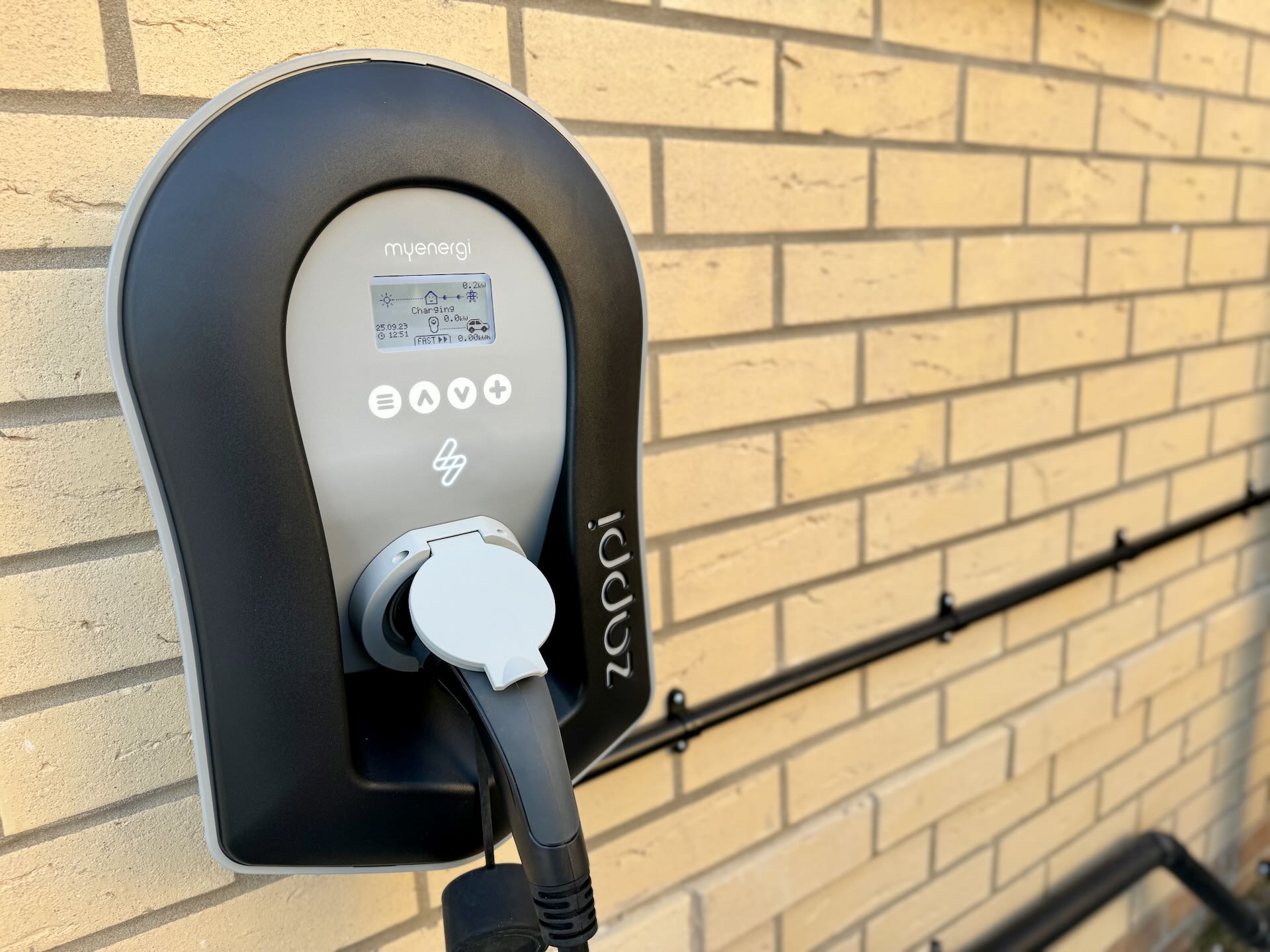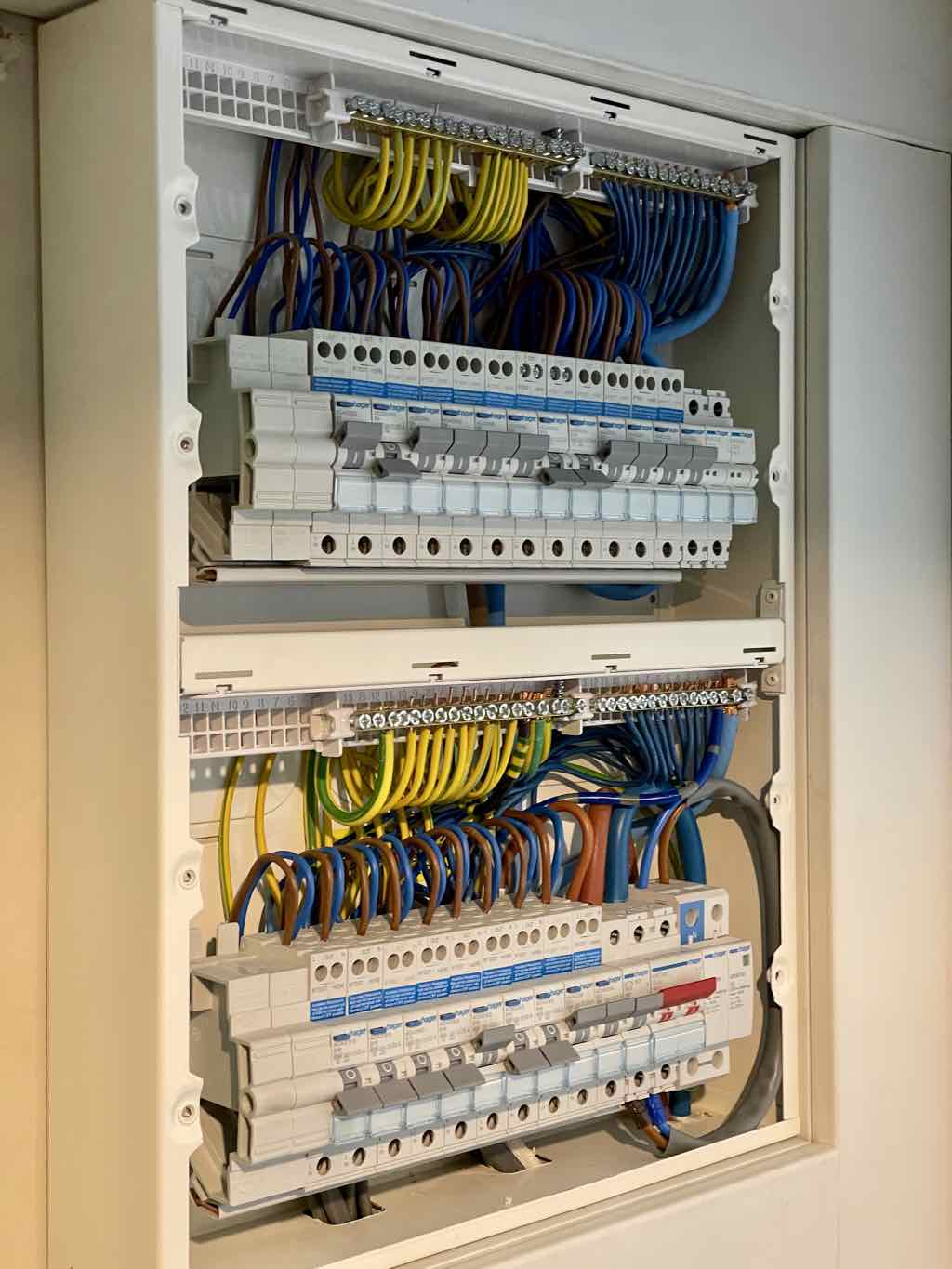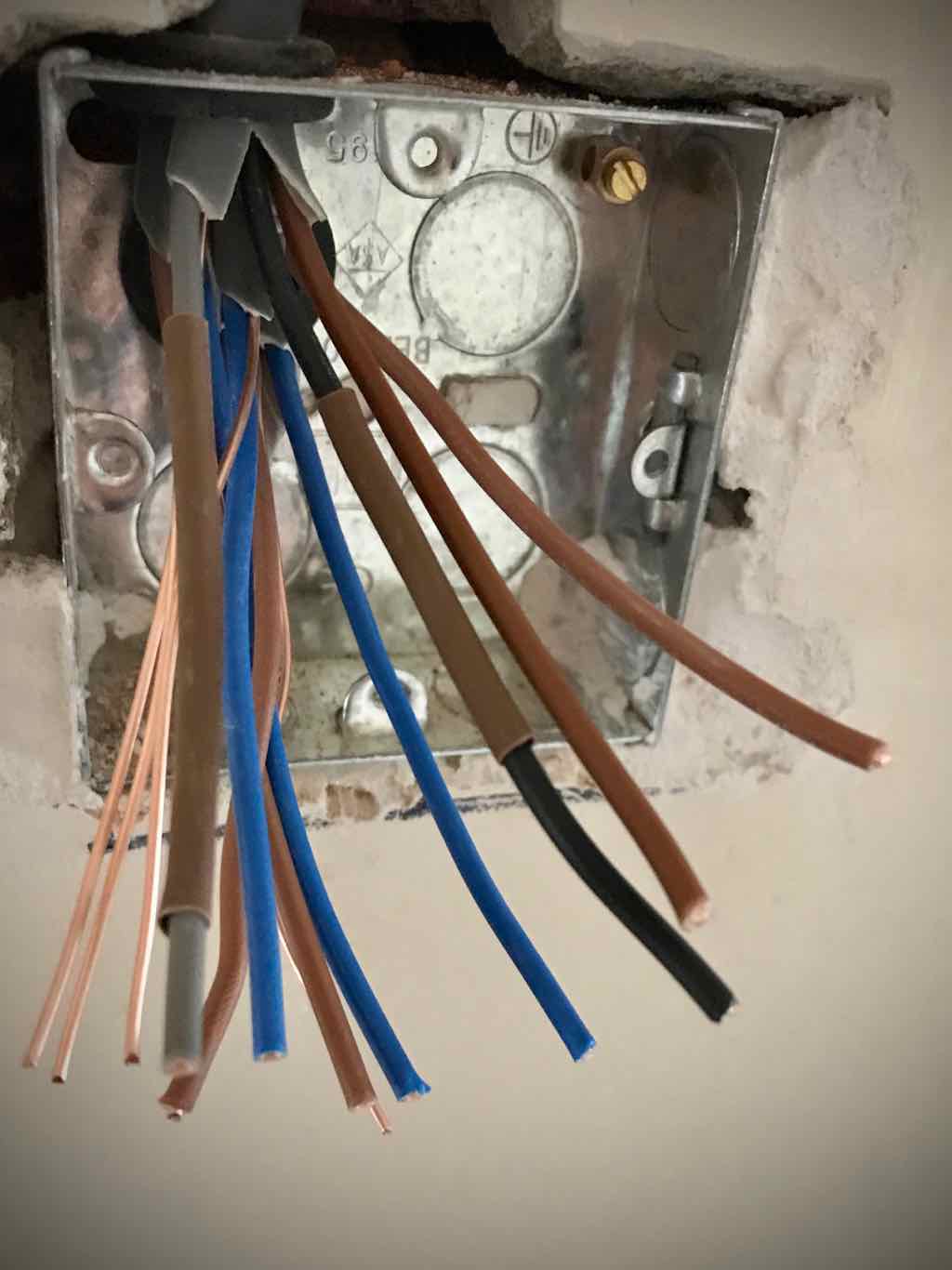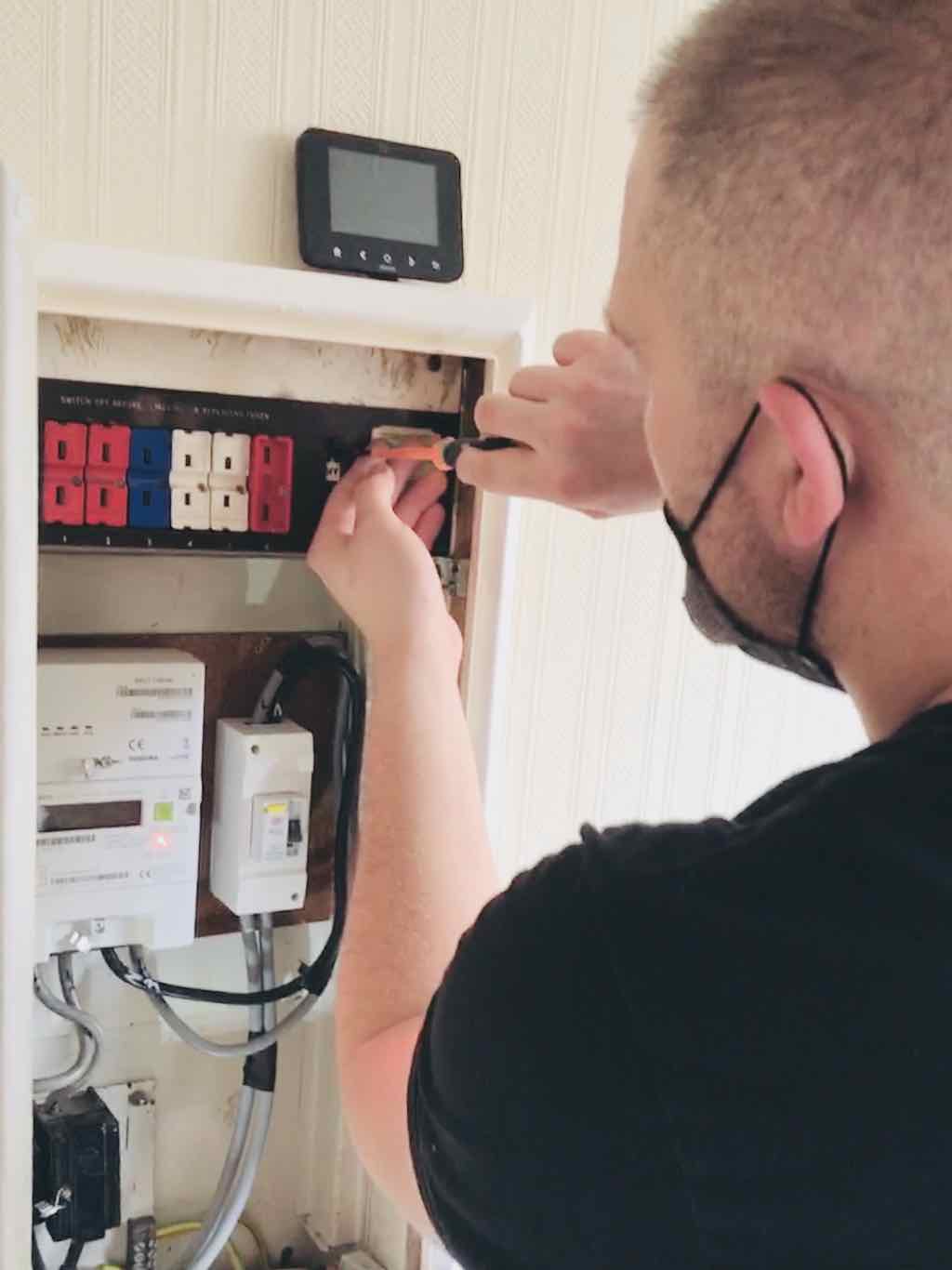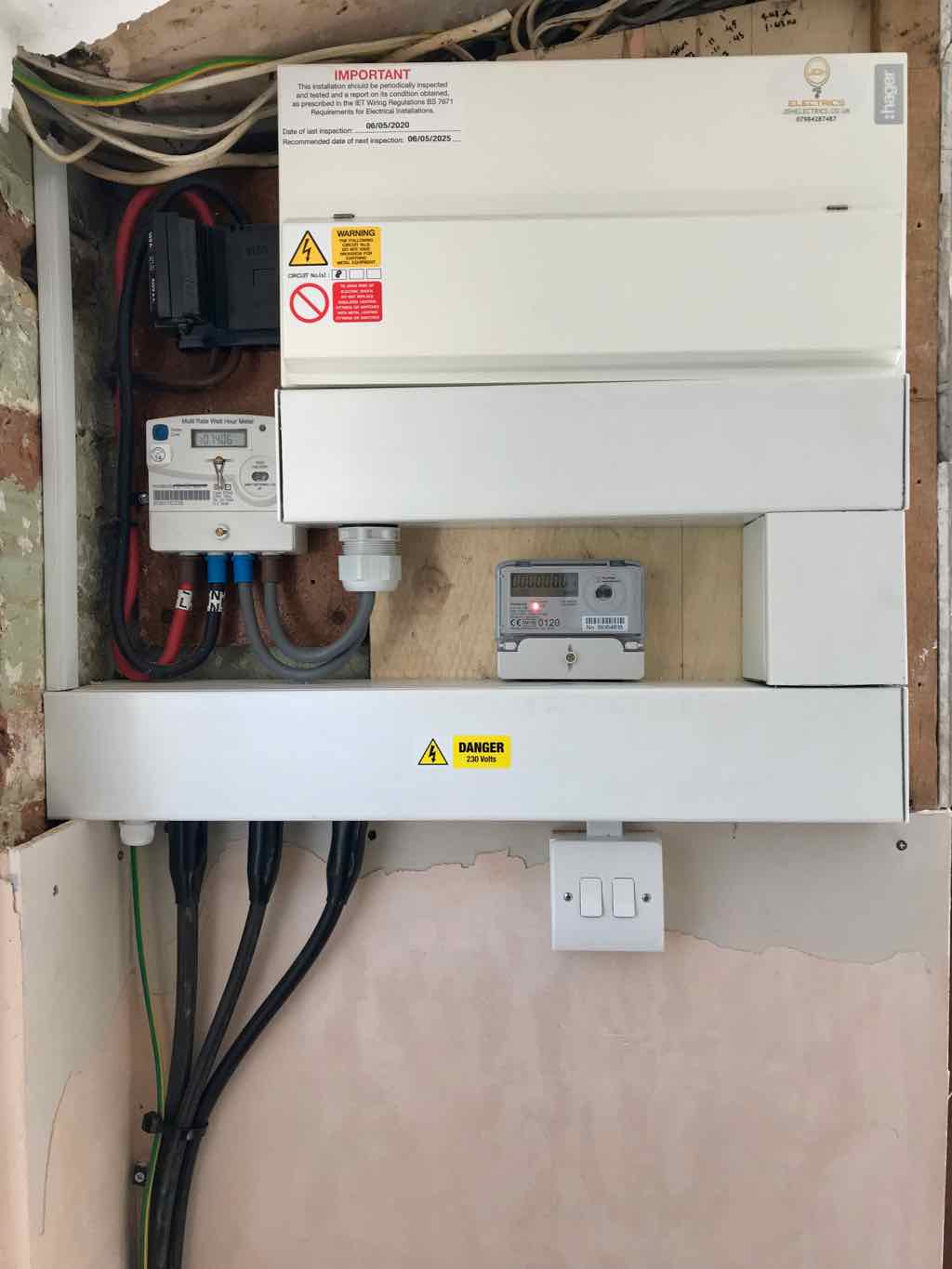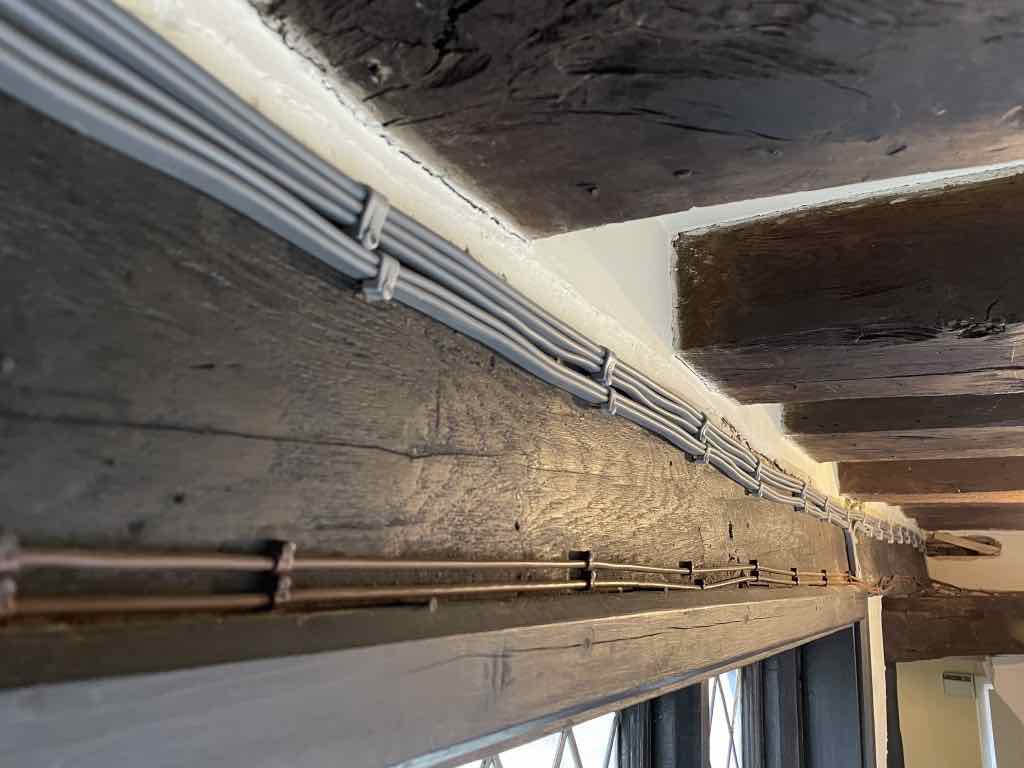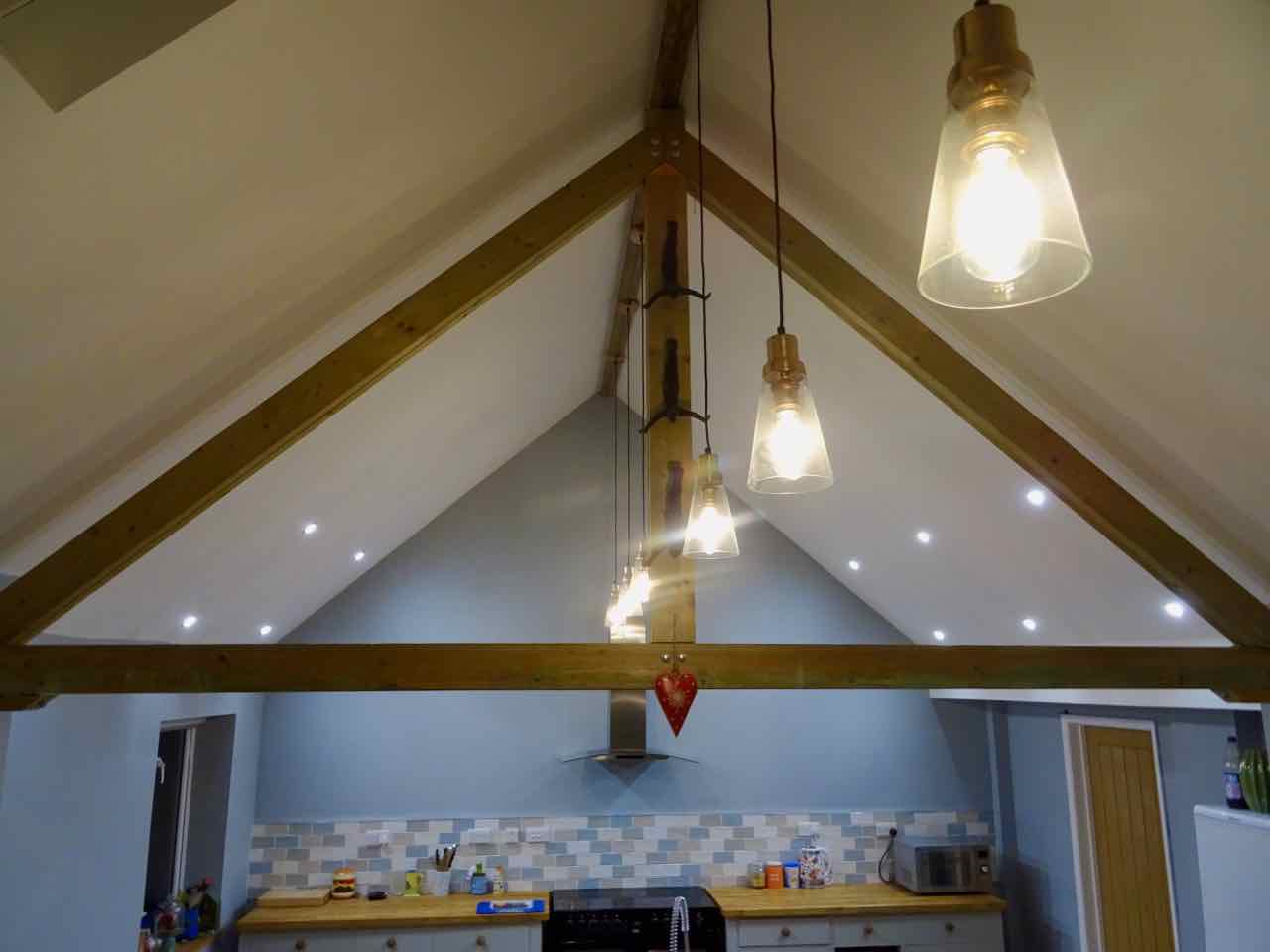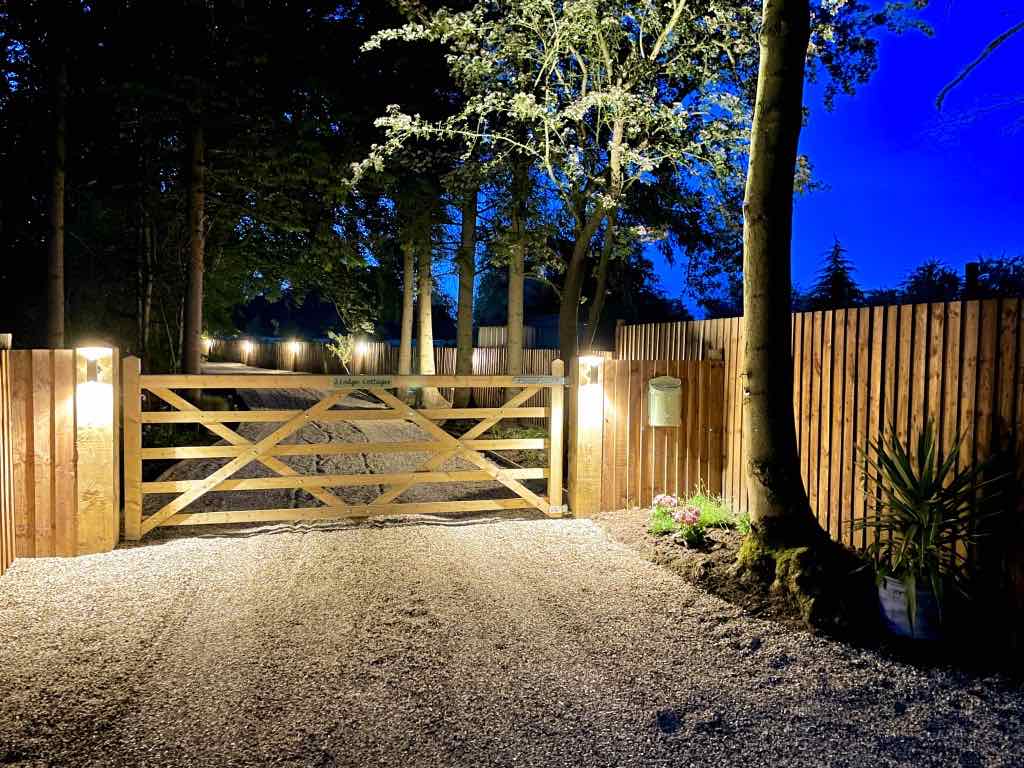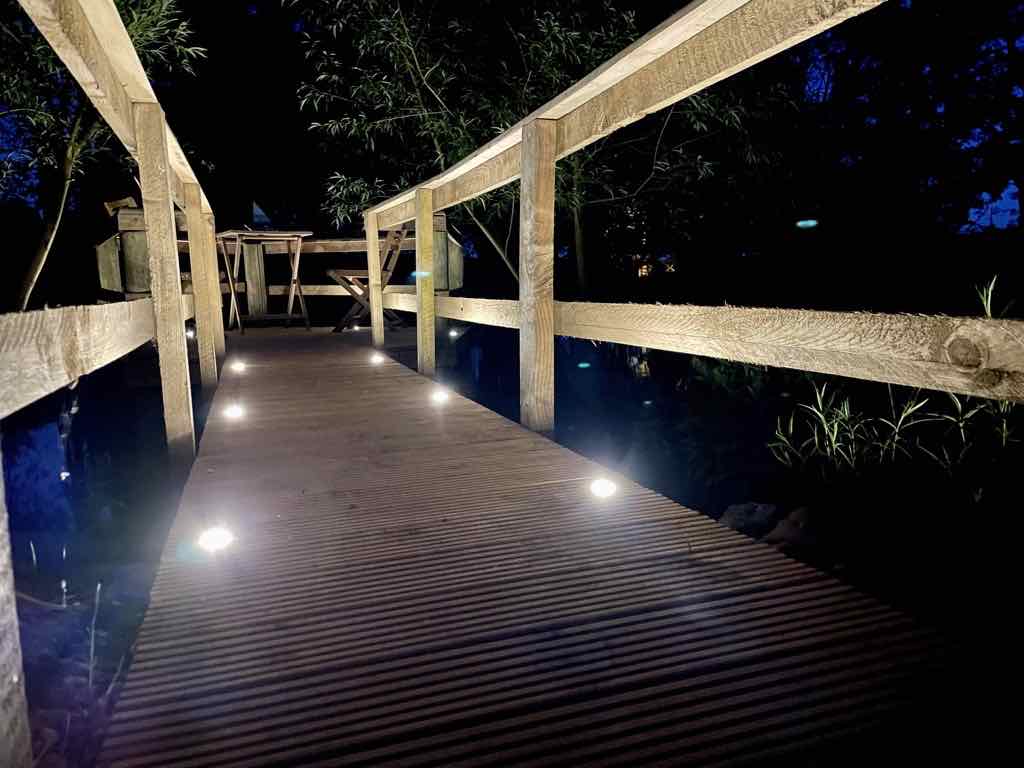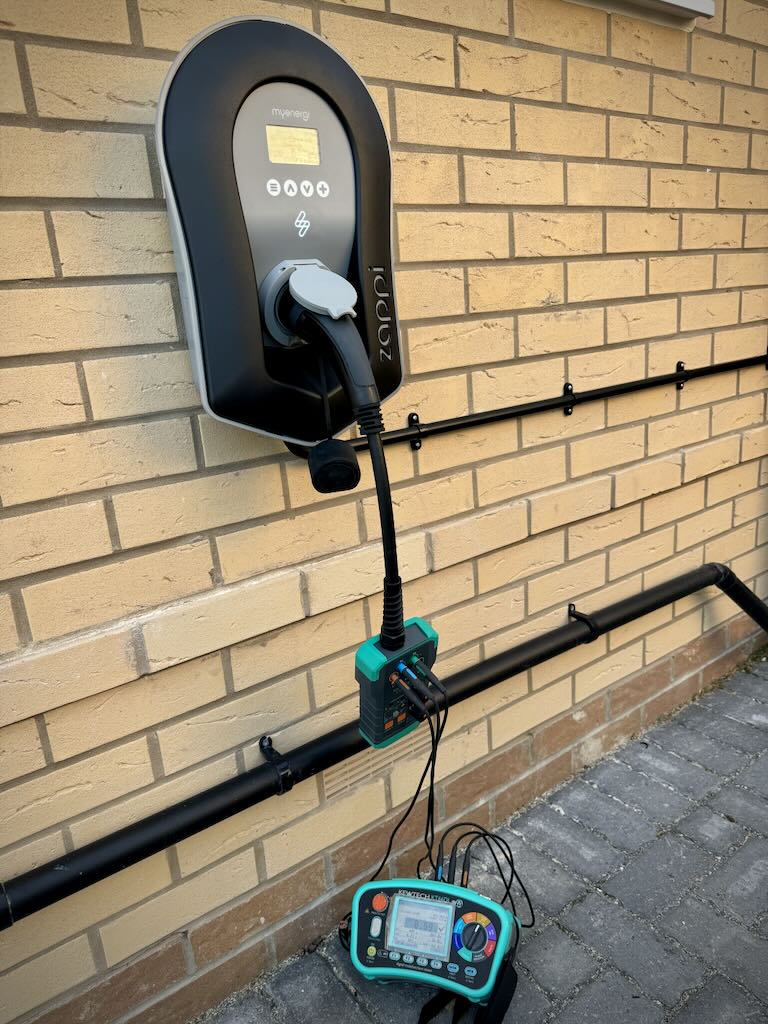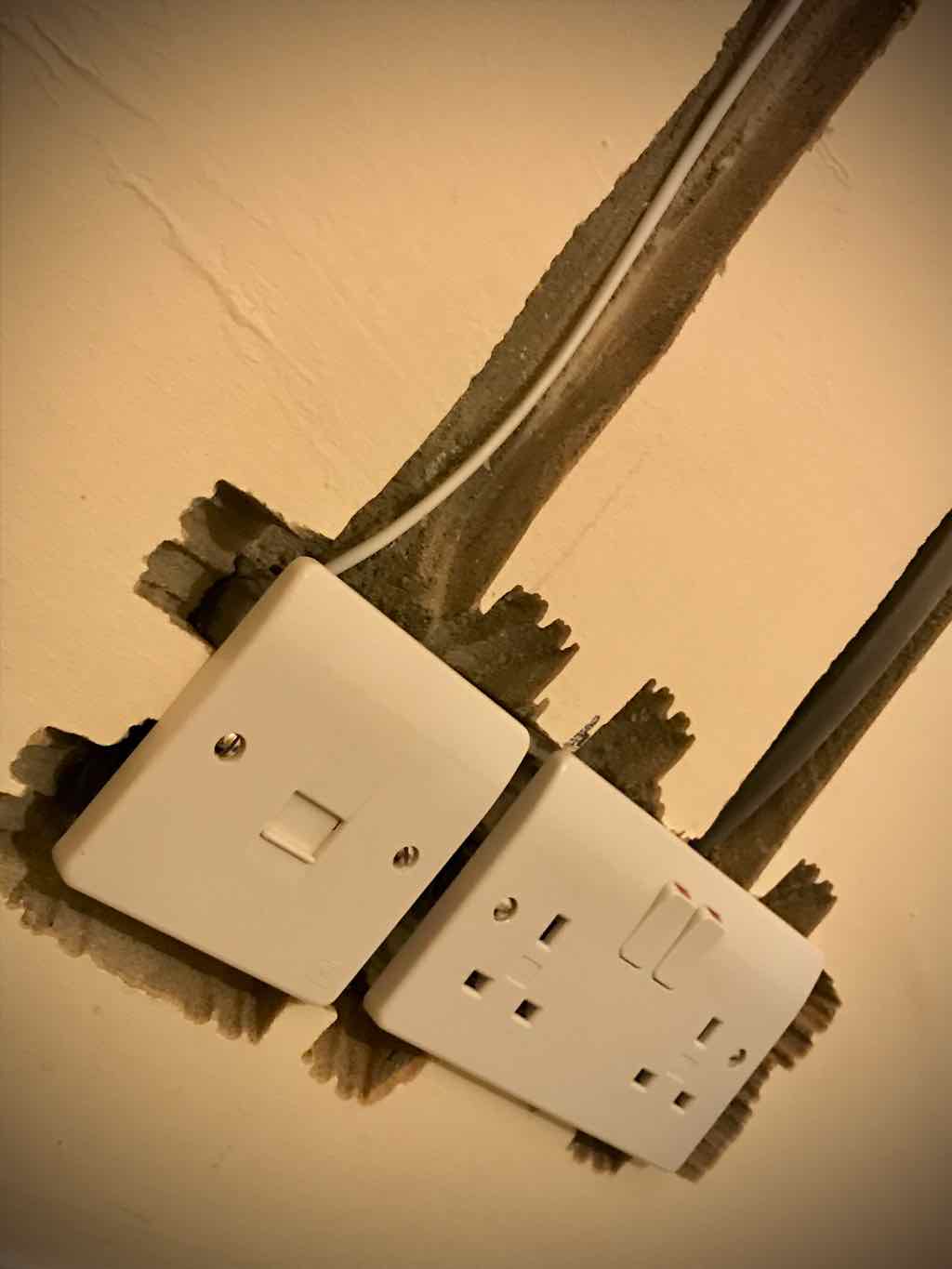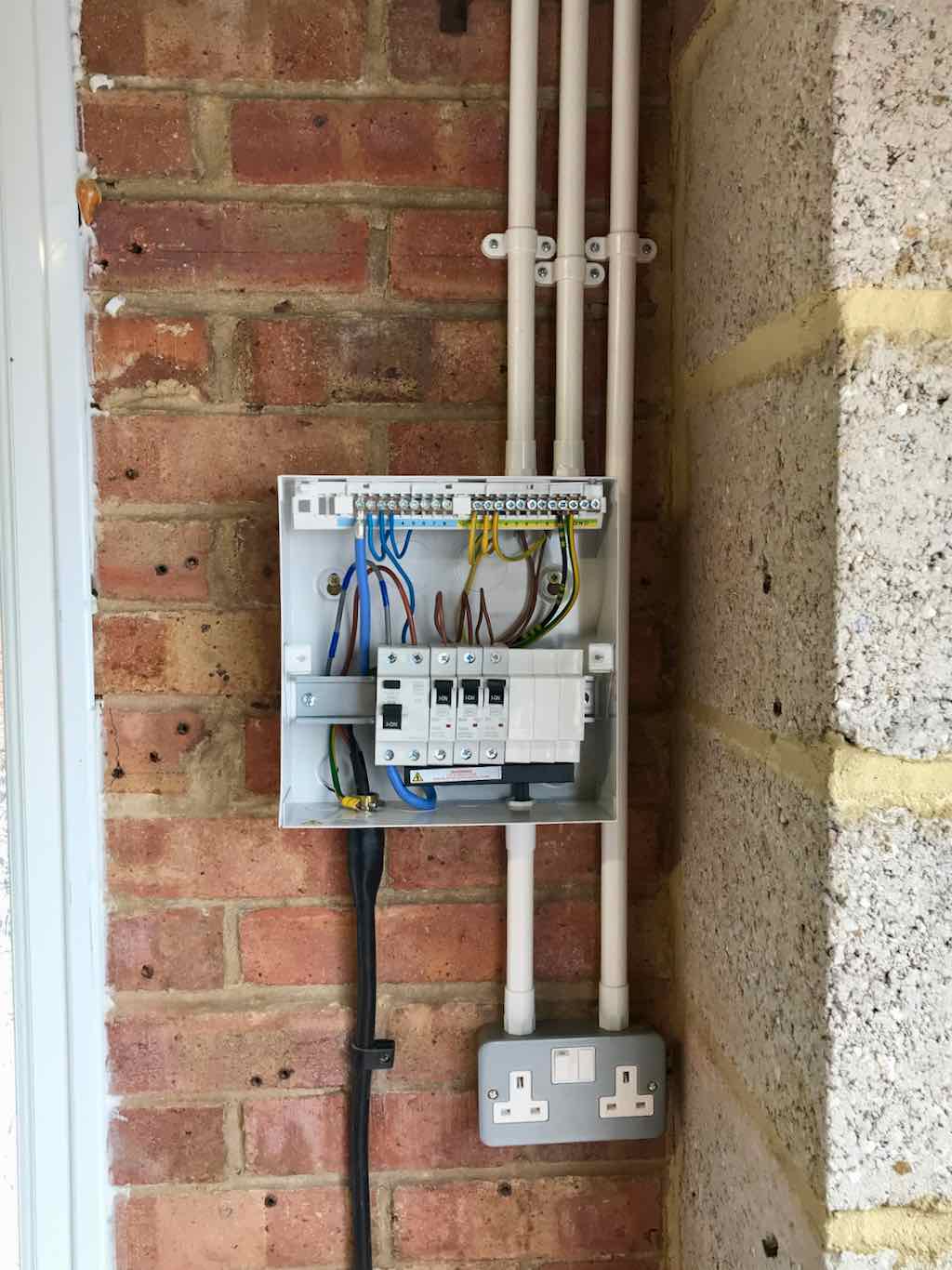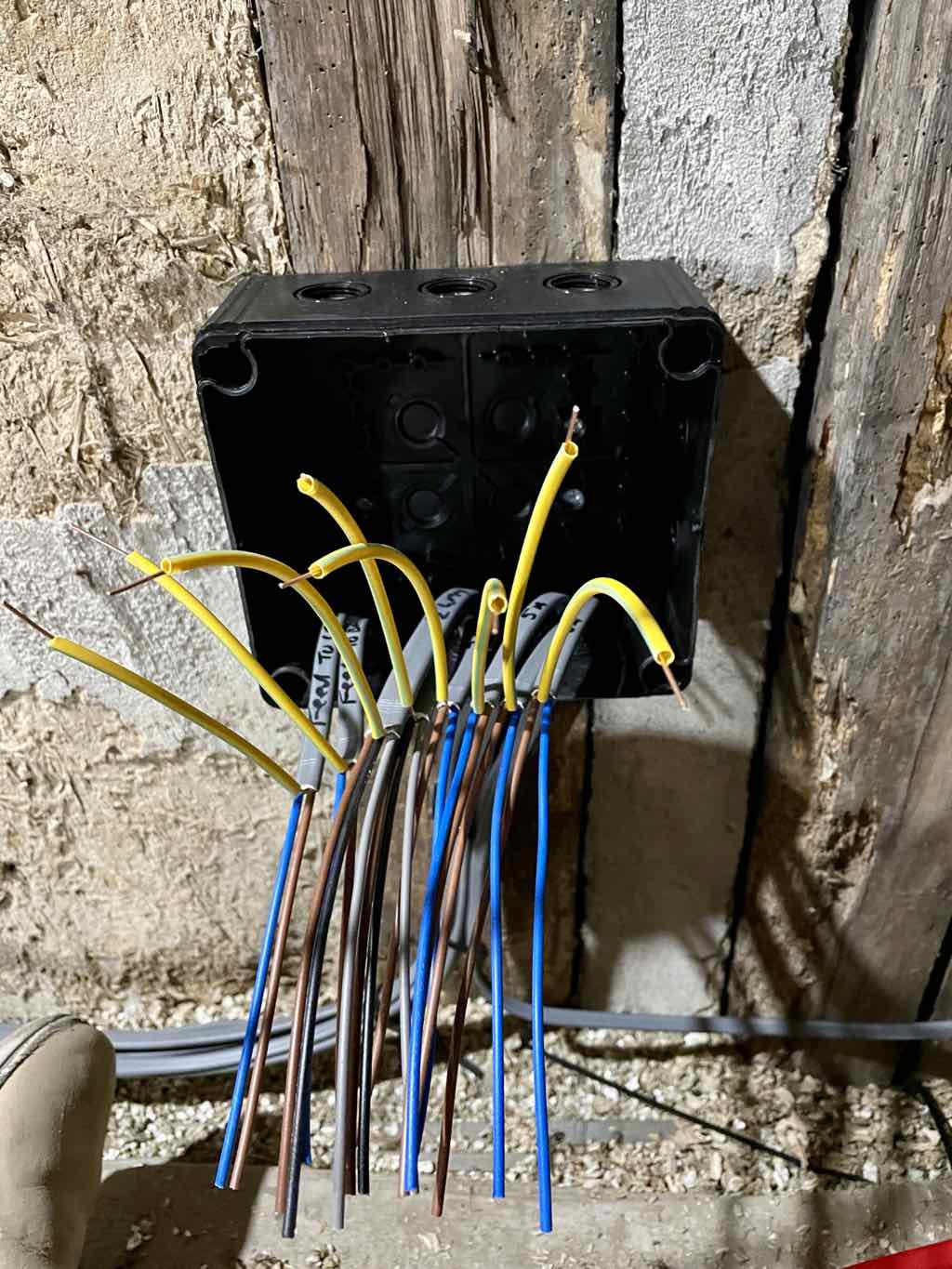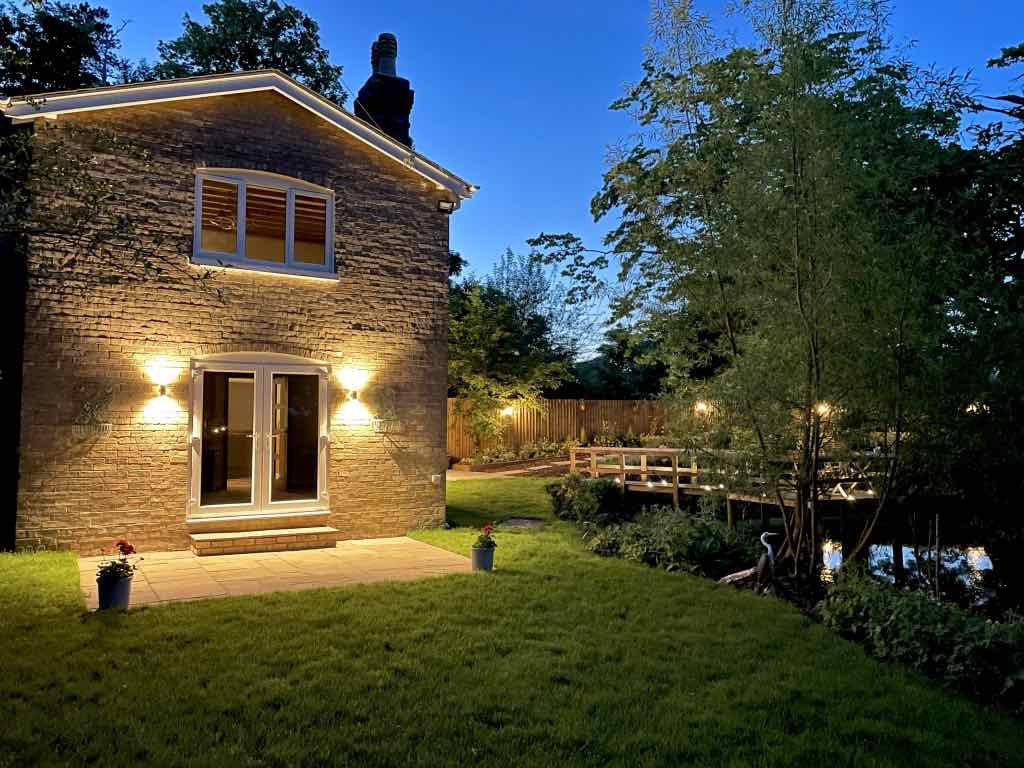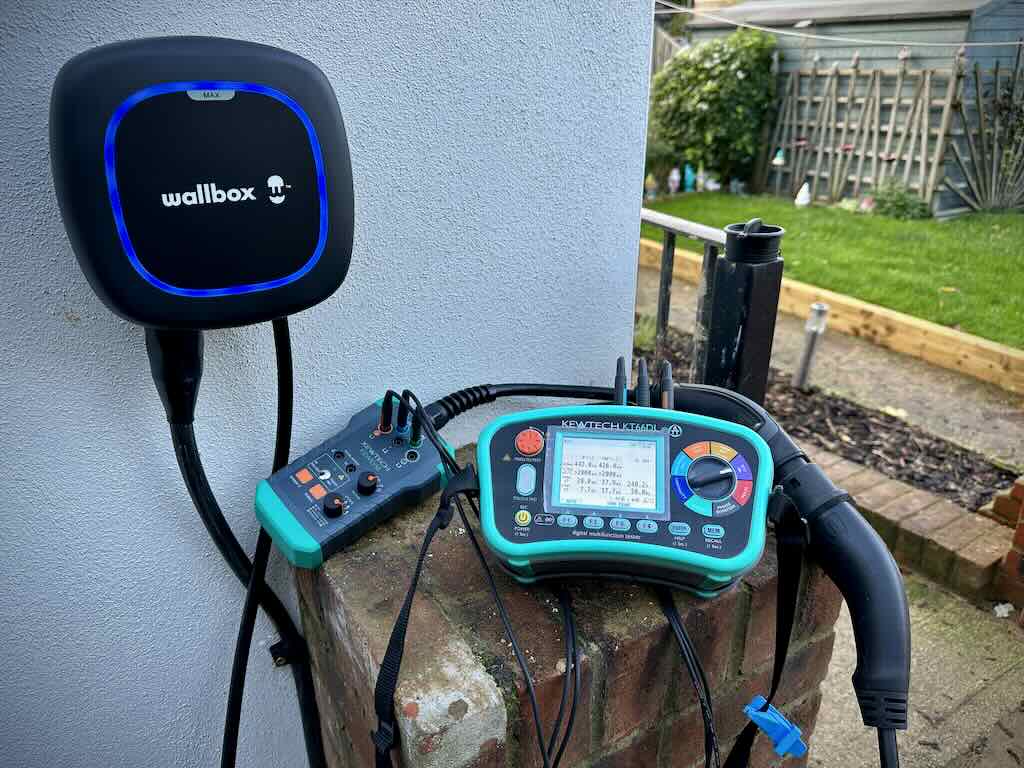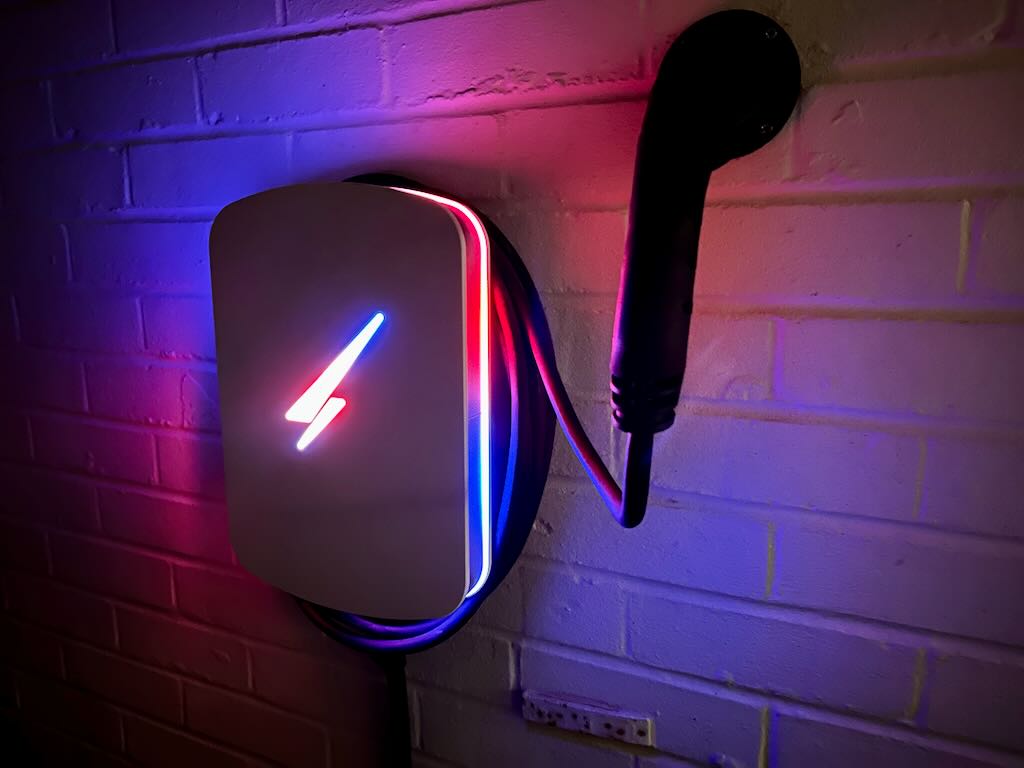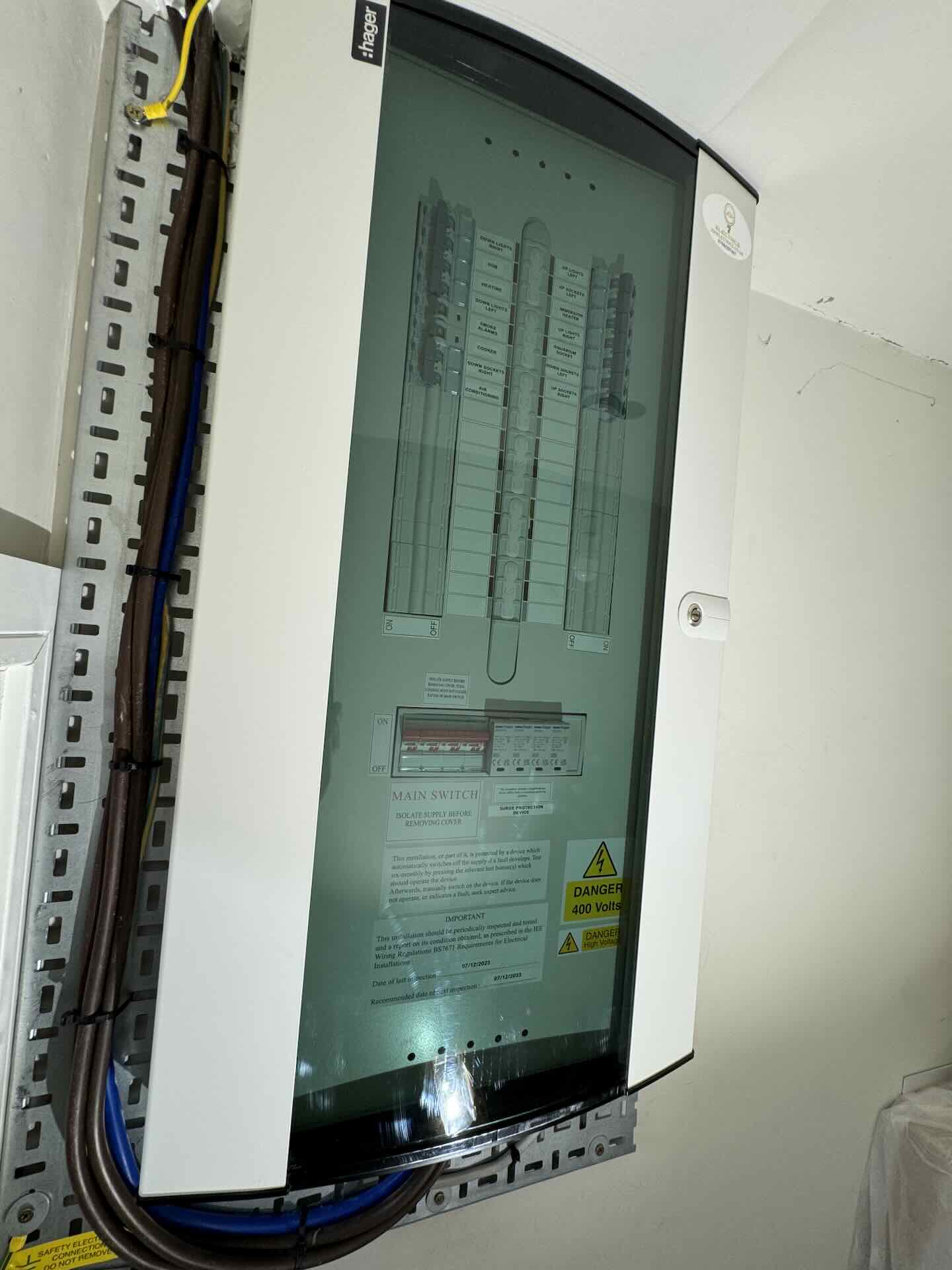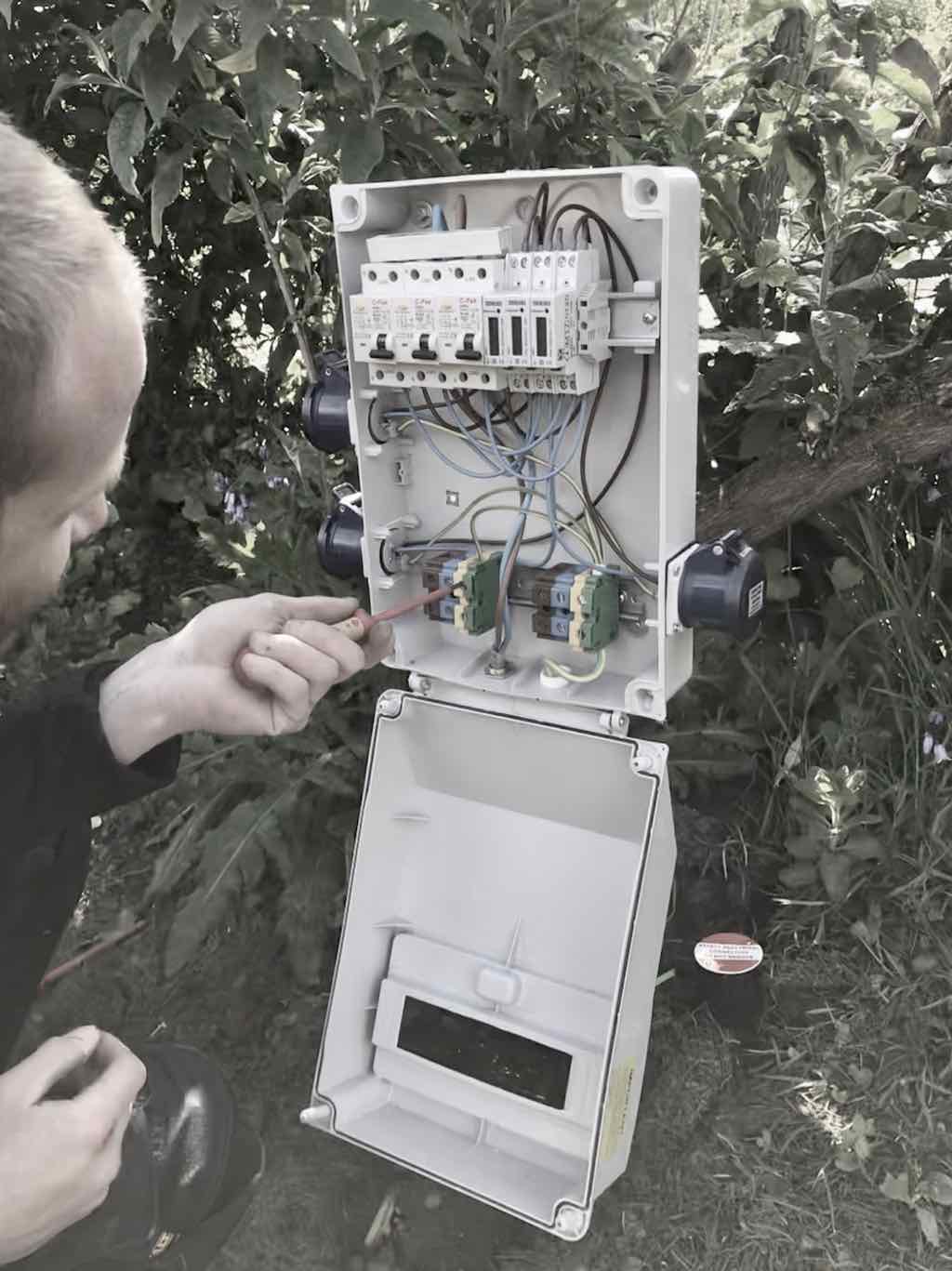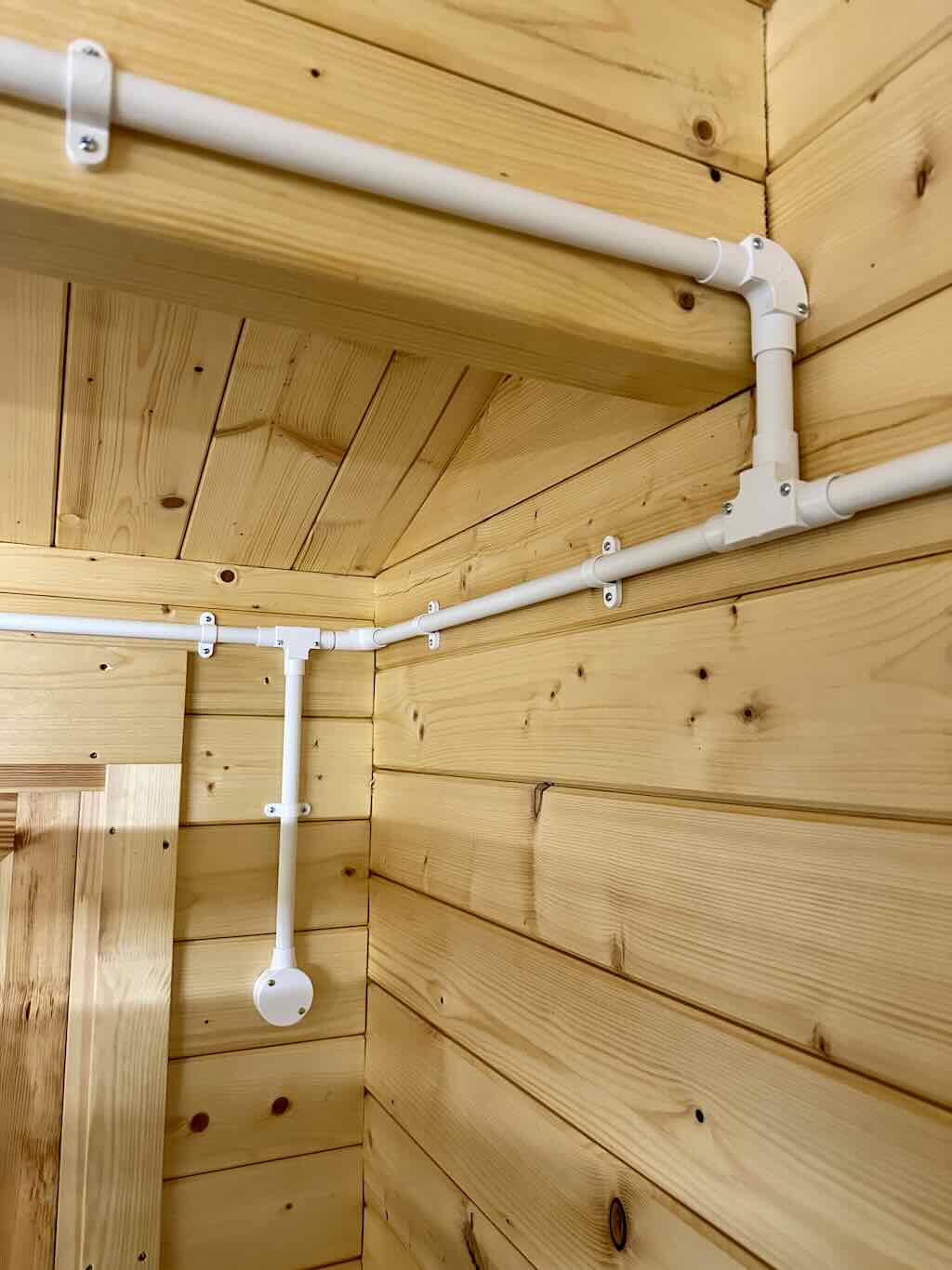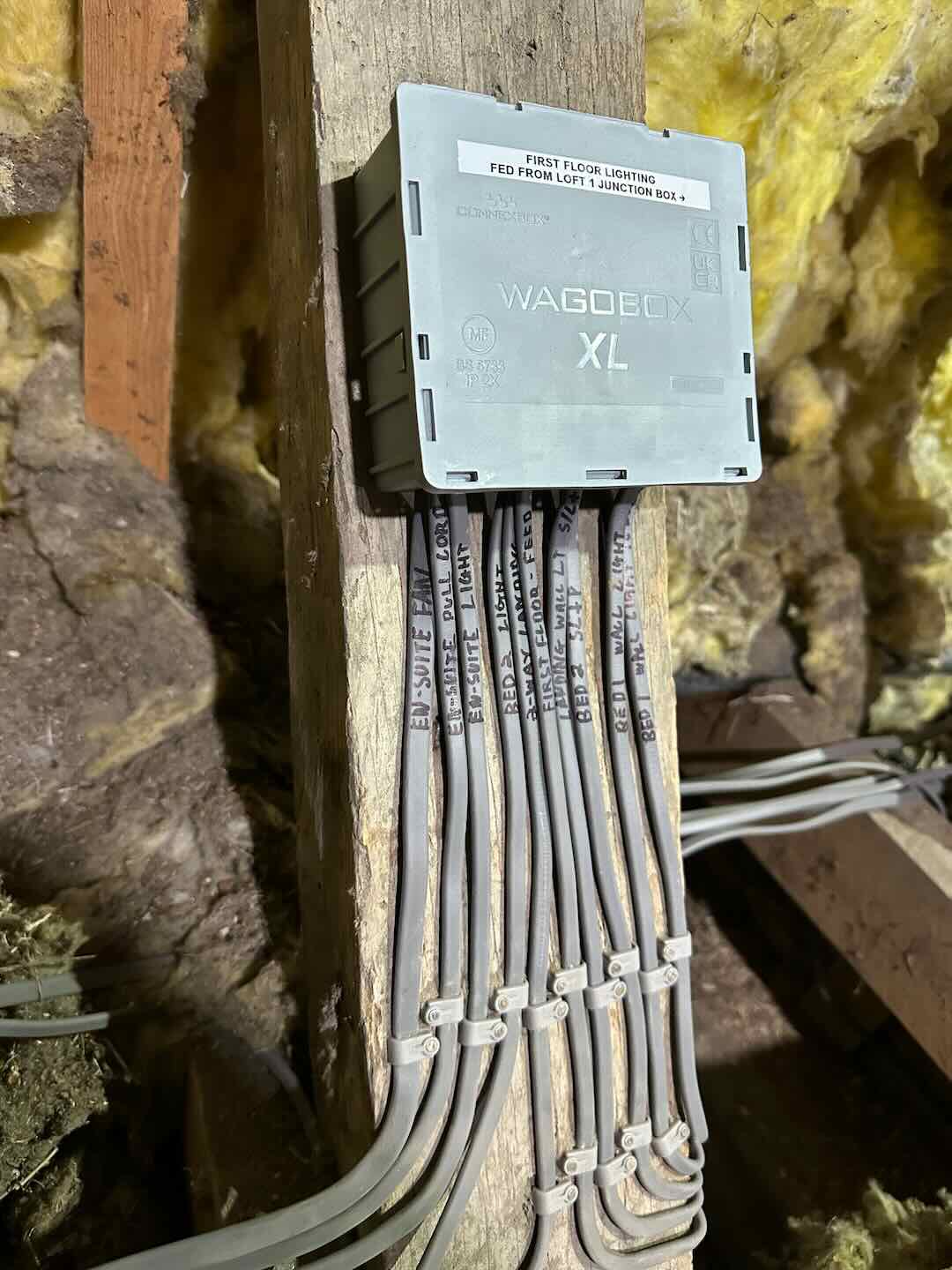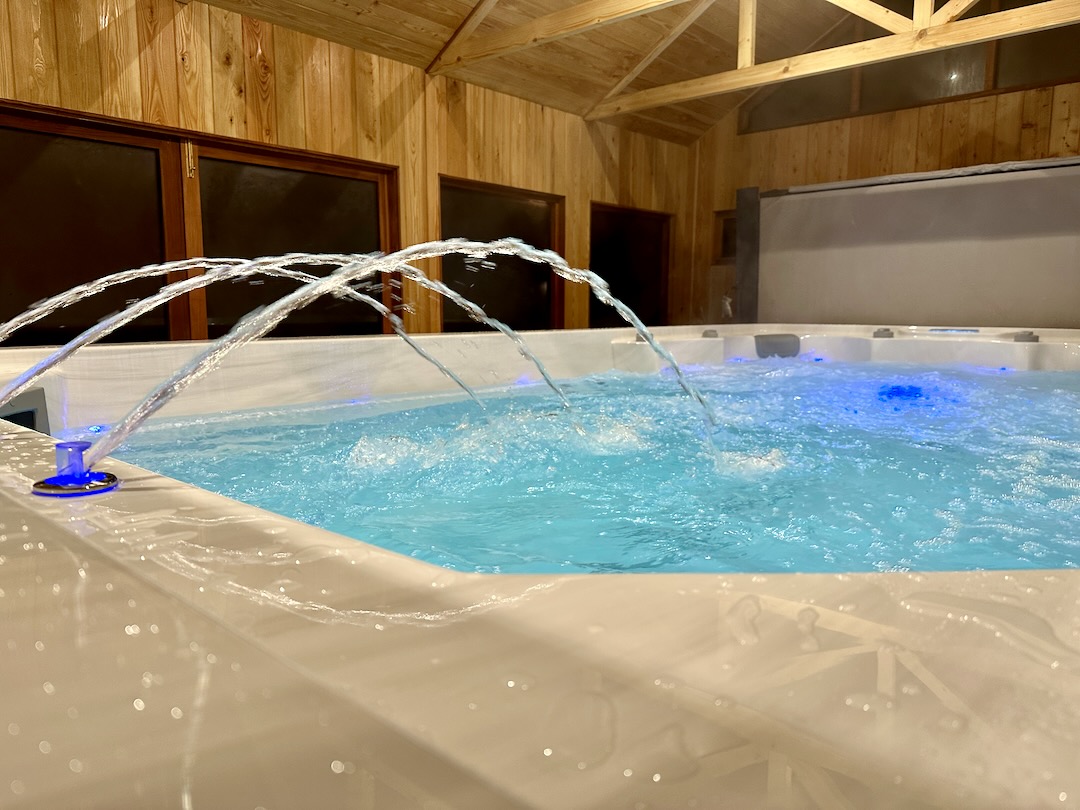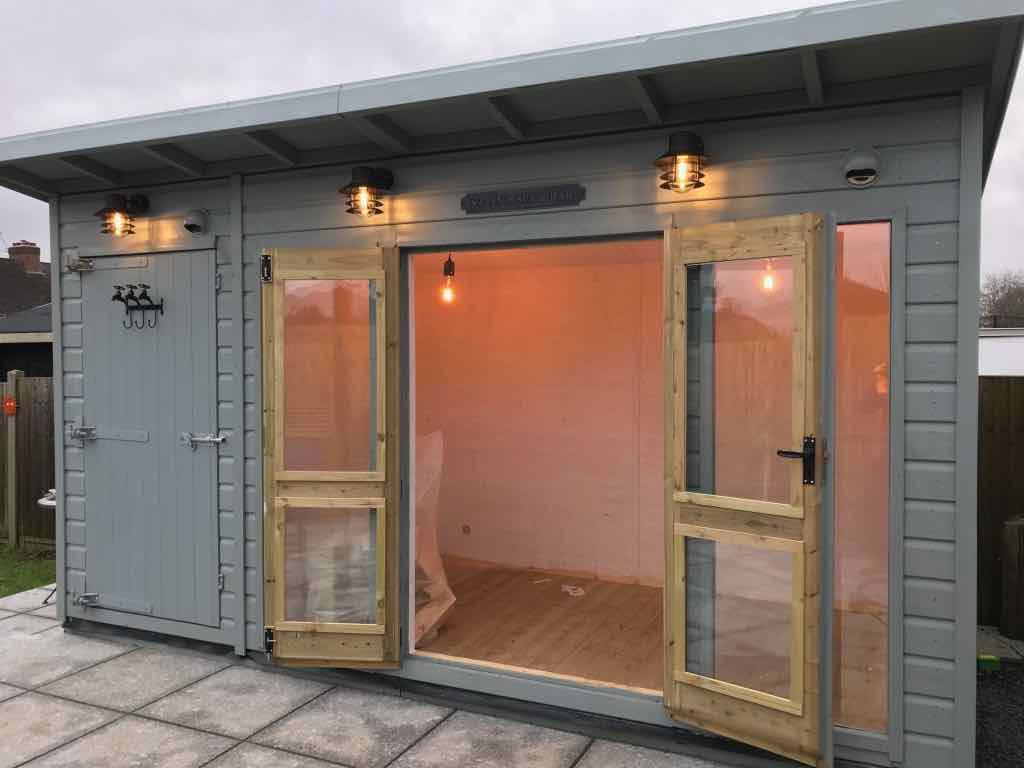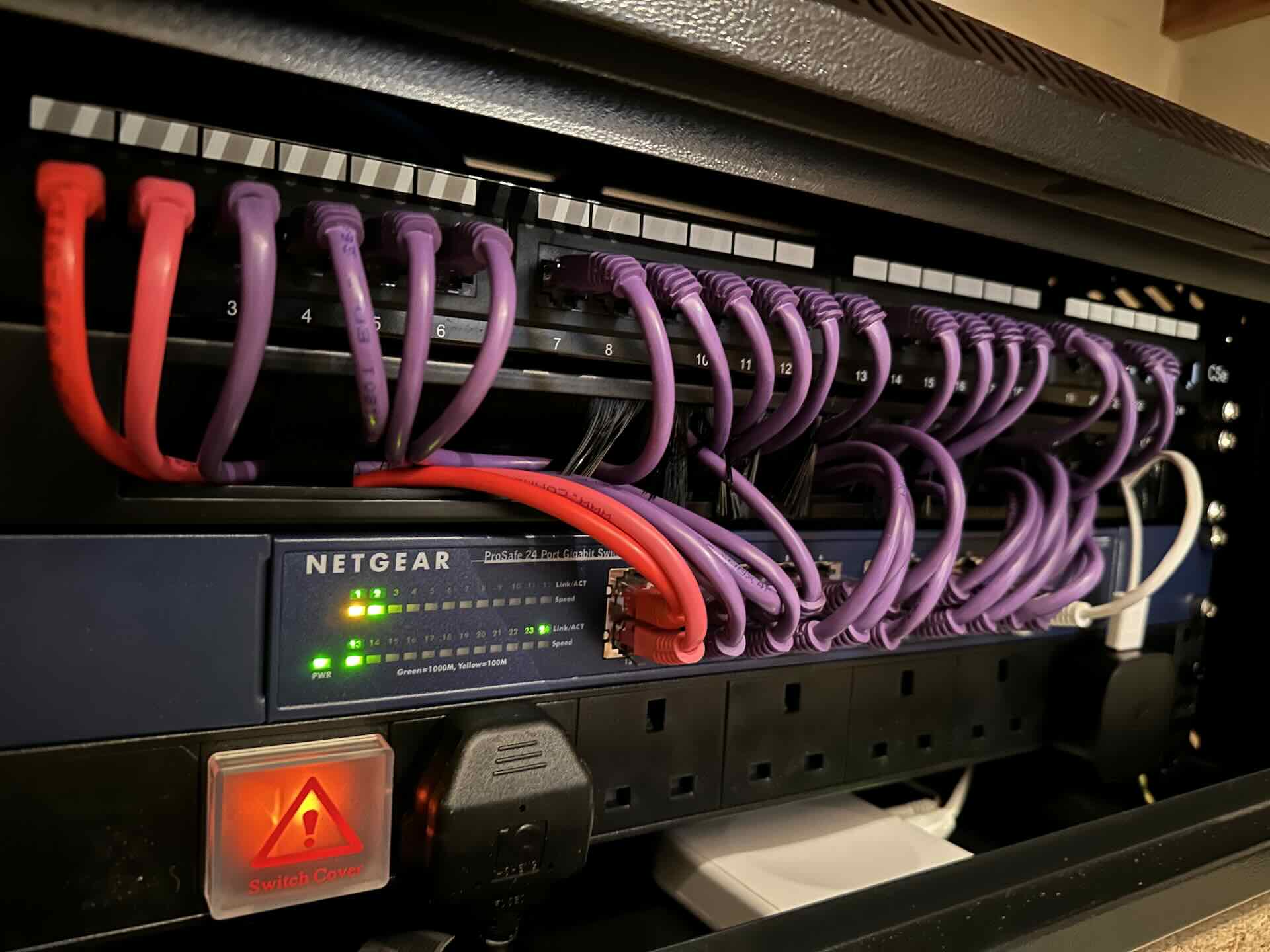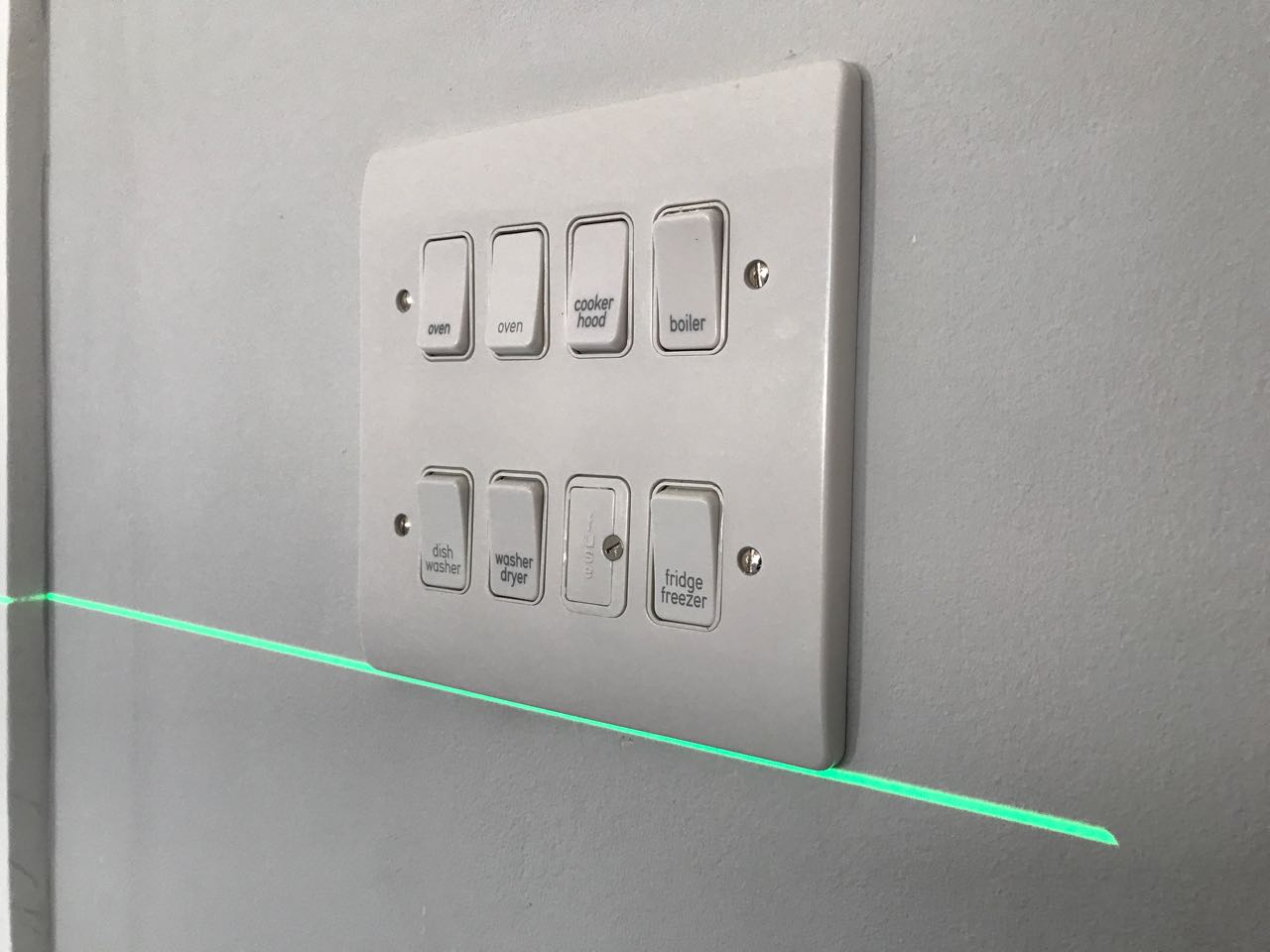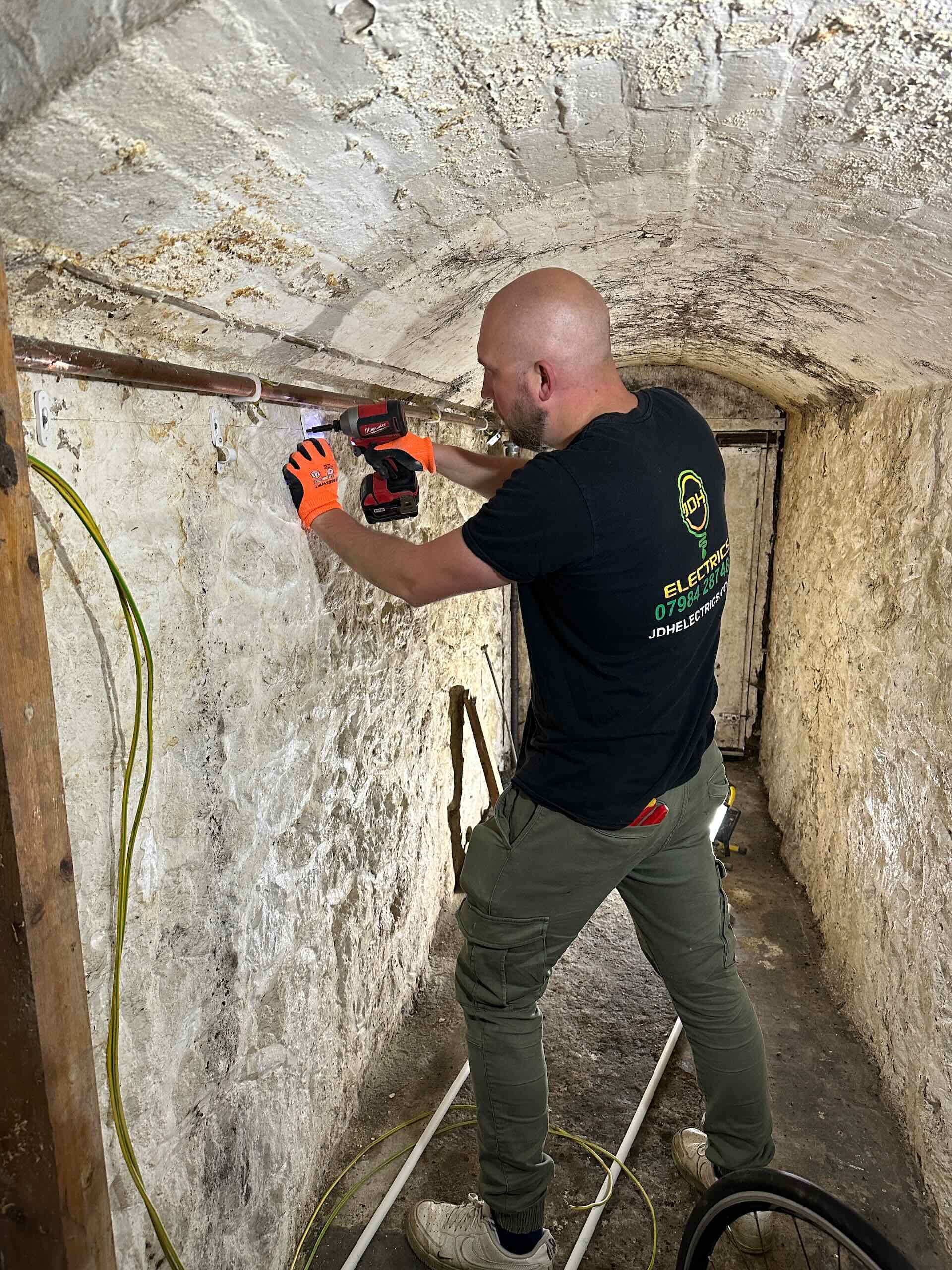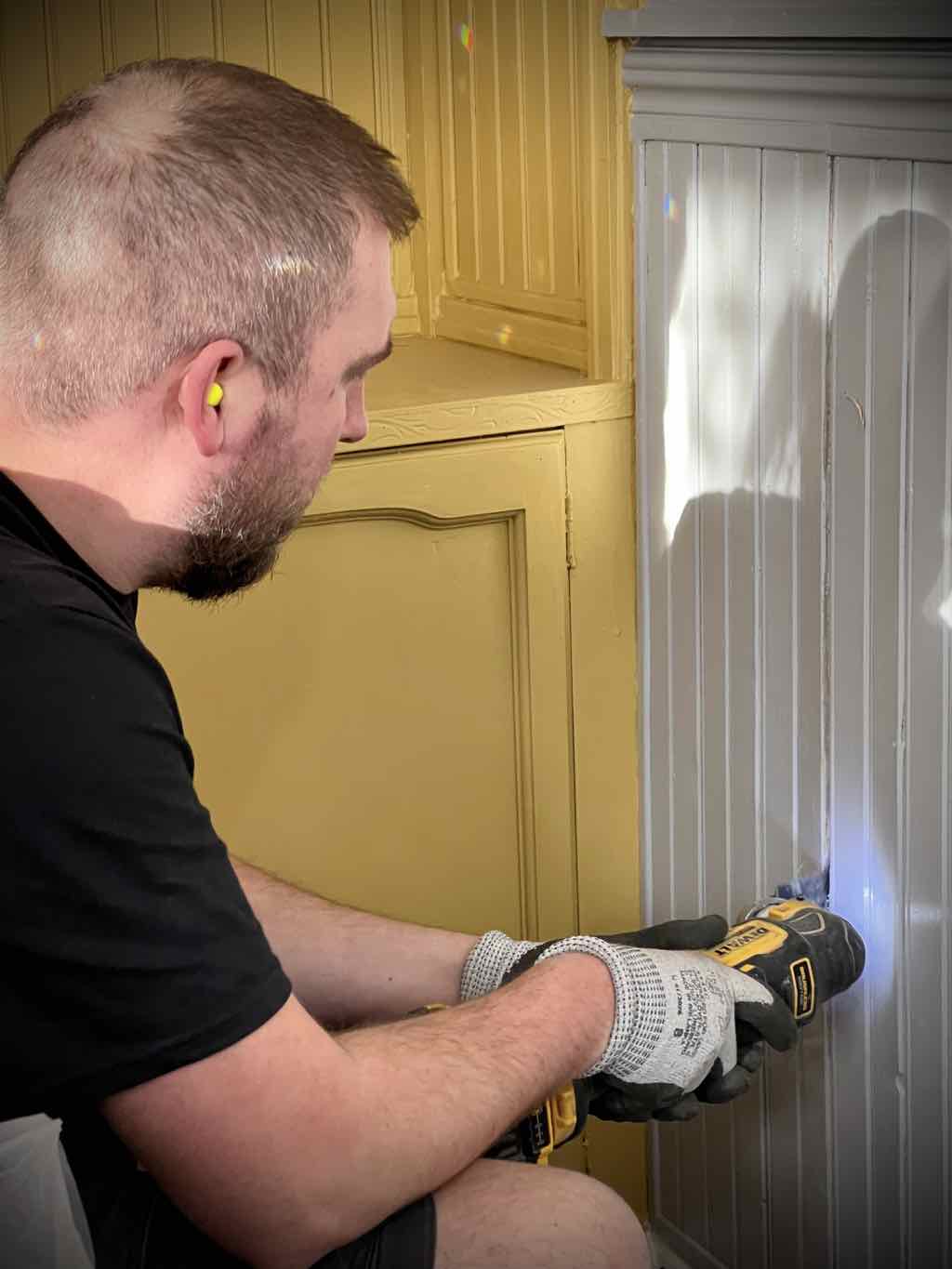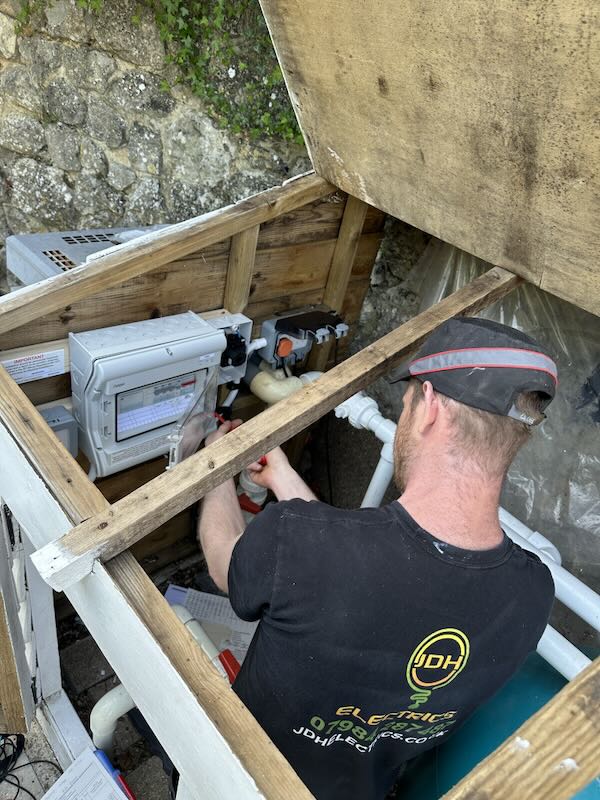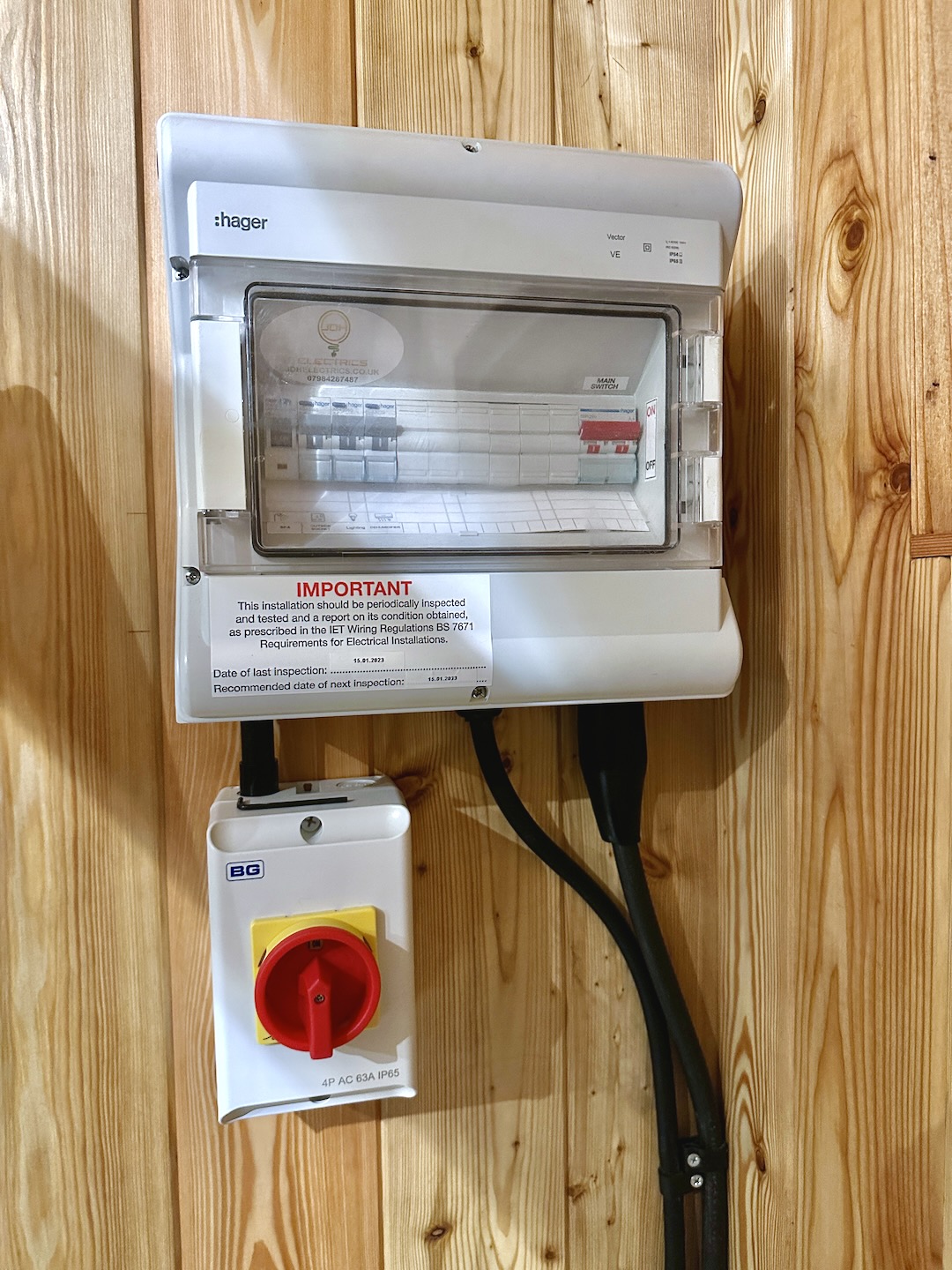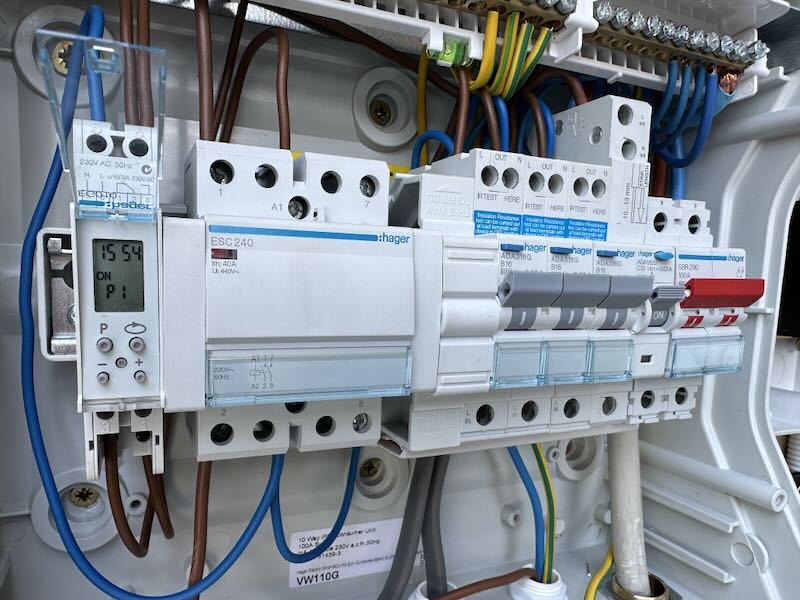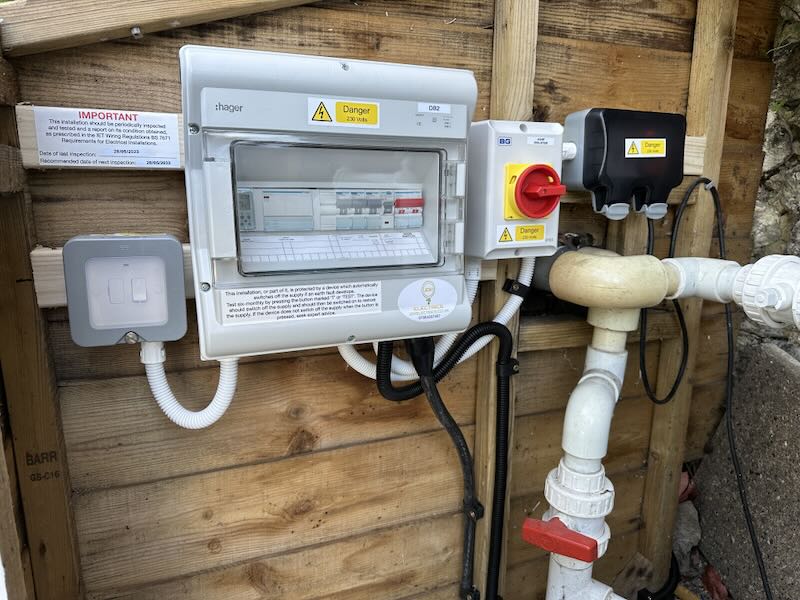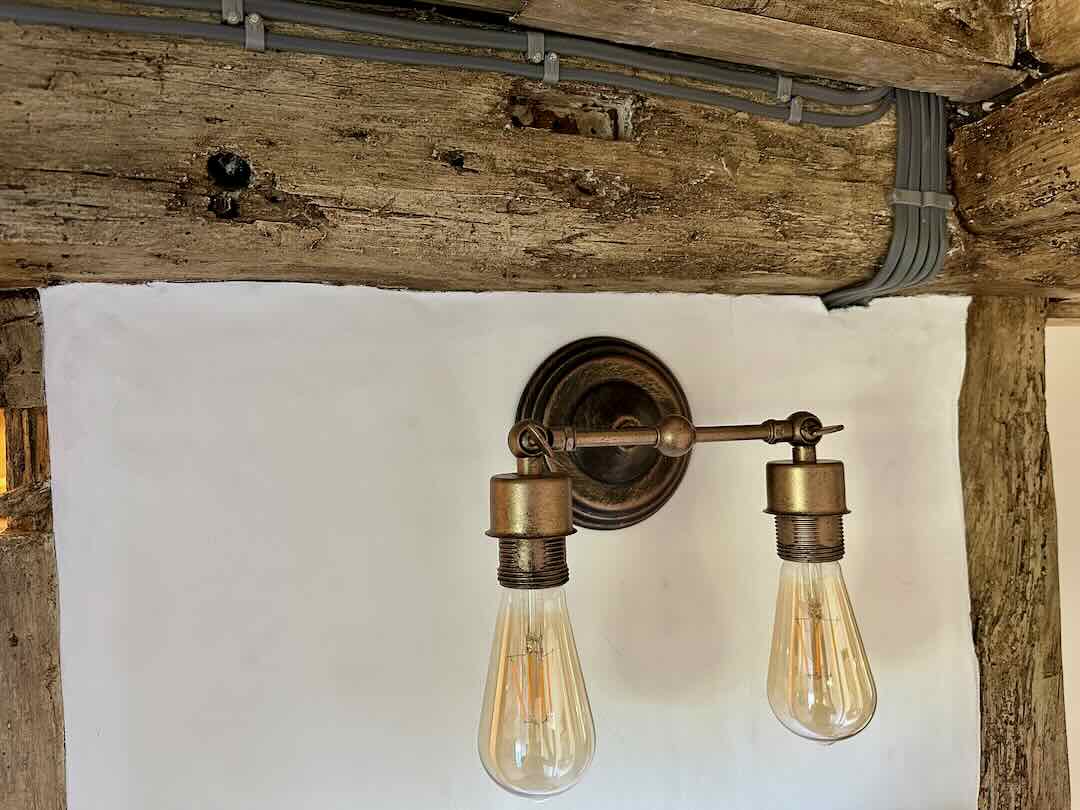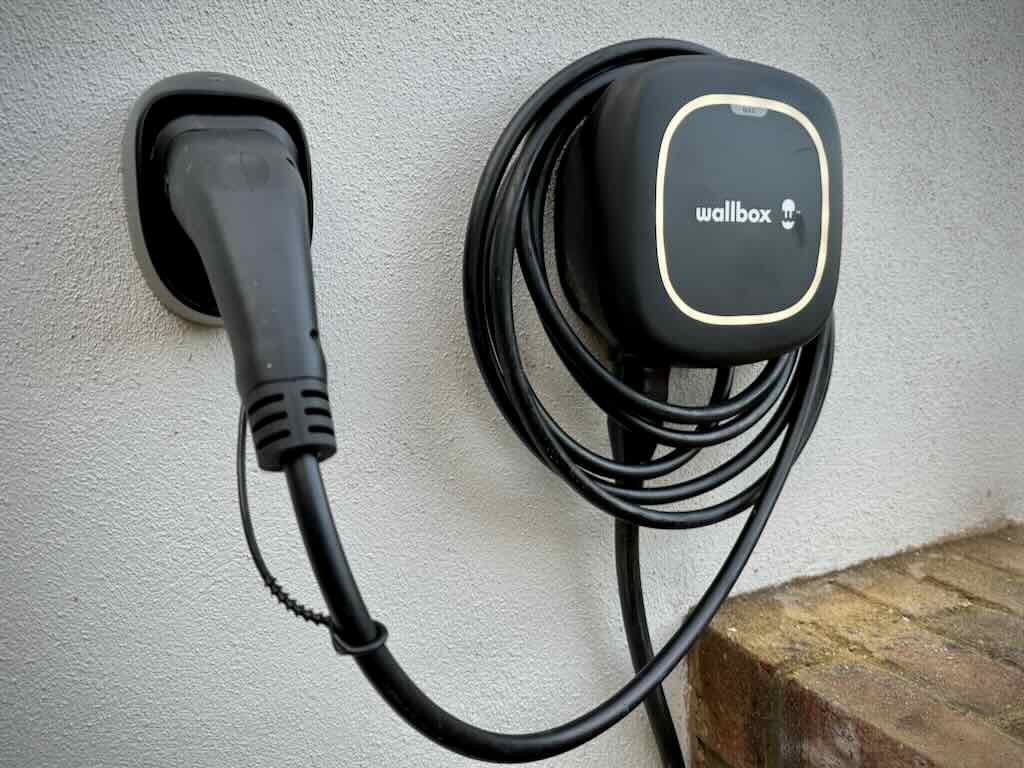Consumer Unit Upgrade
Your Consumer Unit / Fuse-Board is the control hub for all of the electrics in your premises and where it ultimately is isolated from the main supply. It contains the safety devices which are there to help save your life in the event of a fault – by preventing electric shock, also protecting the cabling in your home.
Why replace a fuse box with a consumer unit?
Fuse boxes and consumer units are essential when it comes to you and your family’s safety, whilst also being integral to your electrical system. Anytime a fault or issue occurs, your fuse box or consumer unit will cut the buildings’ power – in order to help prevent fires, electrical damage & electric shock. Originally fuse boxes were widely used, but are quickly being replaced with consumer units.
You may choose to replace your fuse box with a newer consumer unit when your fuse box breaks down. This is a wise choice, as consumer units are safer, easier to use and comply with building regulations. Finally, you may wish to upgrade your fuse box or consumer unit to a larger capacity model, more able to cope with extra demand if you are extending your home or future-proofing for future additions such as an EV Charger – it is always a wise idea to allow a few spare ways for unknown additions.
If your consumer unit is more than 20 years old, has undergone DIY electrical work, regularly trips or does not have enough capacity – it may be time to consider an upgrade. If your fuse-board does not have RCD protection and you would like to add or modify circuits for example down-lights in a bathroom, your fuse-box will more than likely have to be upgraded to meet current regulations
A replacement consumer unit / fuse-board is notifiable works to building control which we will carry out on your behalf
What is involved during a consumer unit upgrade?
- First of all contact us with your requirements
- If you have not had a recent Electrical Installation Condition Report / EICR carried out, or no previous documentation / certificates available we may well recommend having an inspection carried out prior to the upgrade. This is to ensure that your wiring is in good condition and will not cause any issues with the new consumer unit tripping.
- The old fuse board / consumer unit is then removed and a new one installed to suite the installation requirements
- It is then fully inspected, tested and certified with a building control notifcation made to the local authority
It is essential for safety that your electrical installation is inspected regularly – similar to having an MOT on a car, by carrying out an Electrical Installation Condition Report / EICR – Contact us today for a free estimate!
Do you need a Consumer Unit Upgrade / Replacement?
Contact us today for a free estimate! We cover the South East & East of England
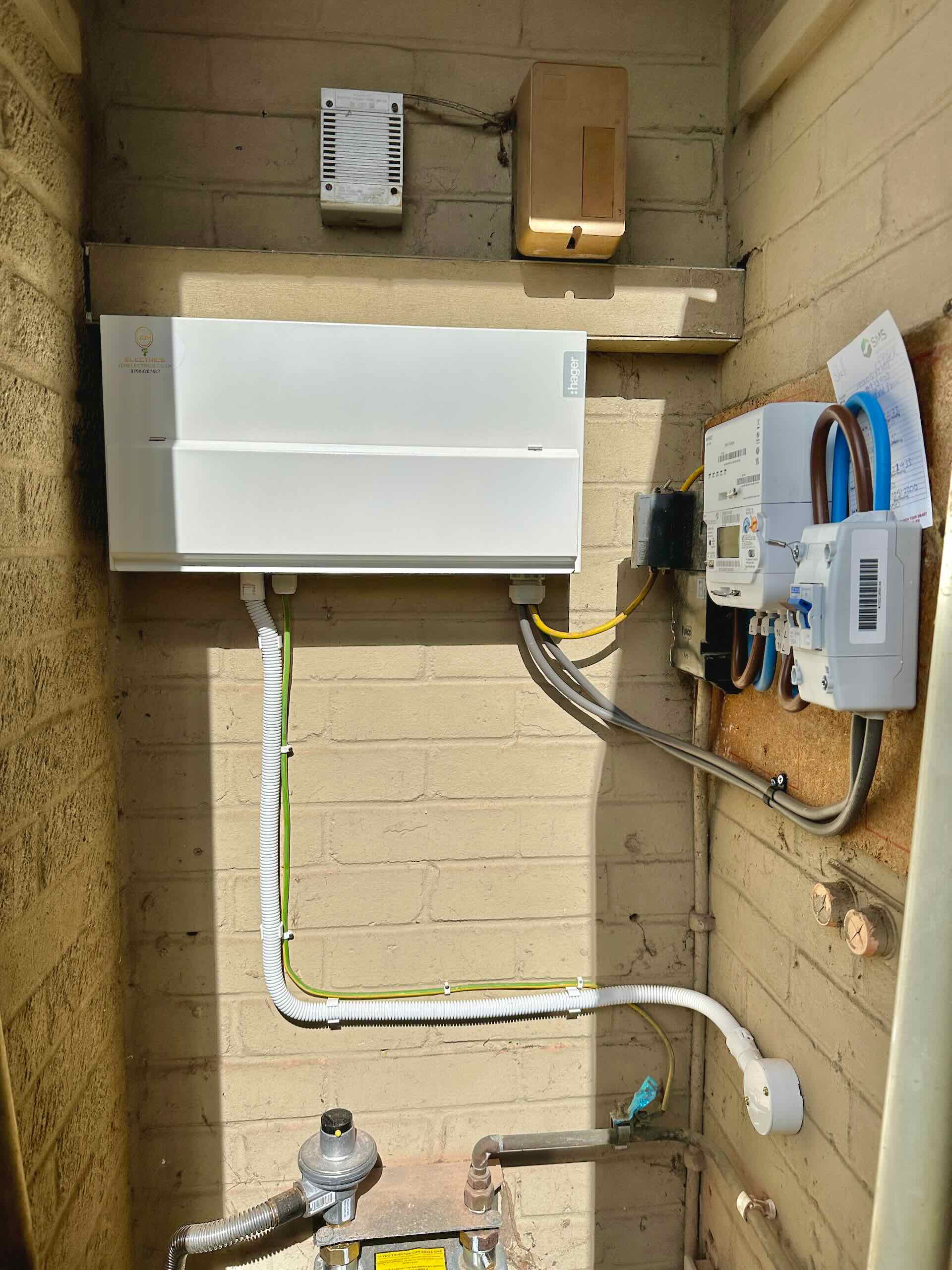
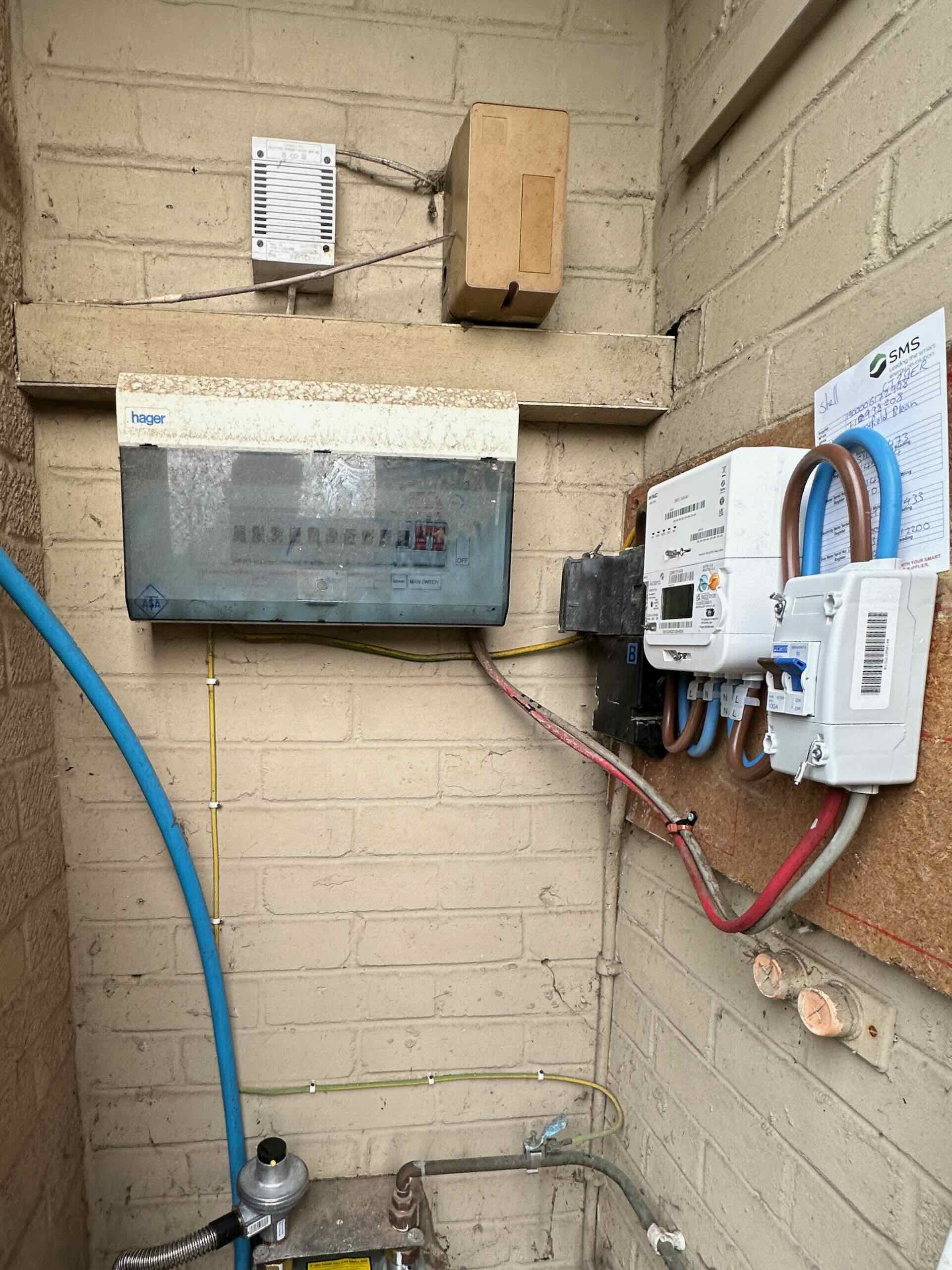
Below are some common terminologies used in Consumer Units & Distribution Boards:
Switchgear FAQ’s
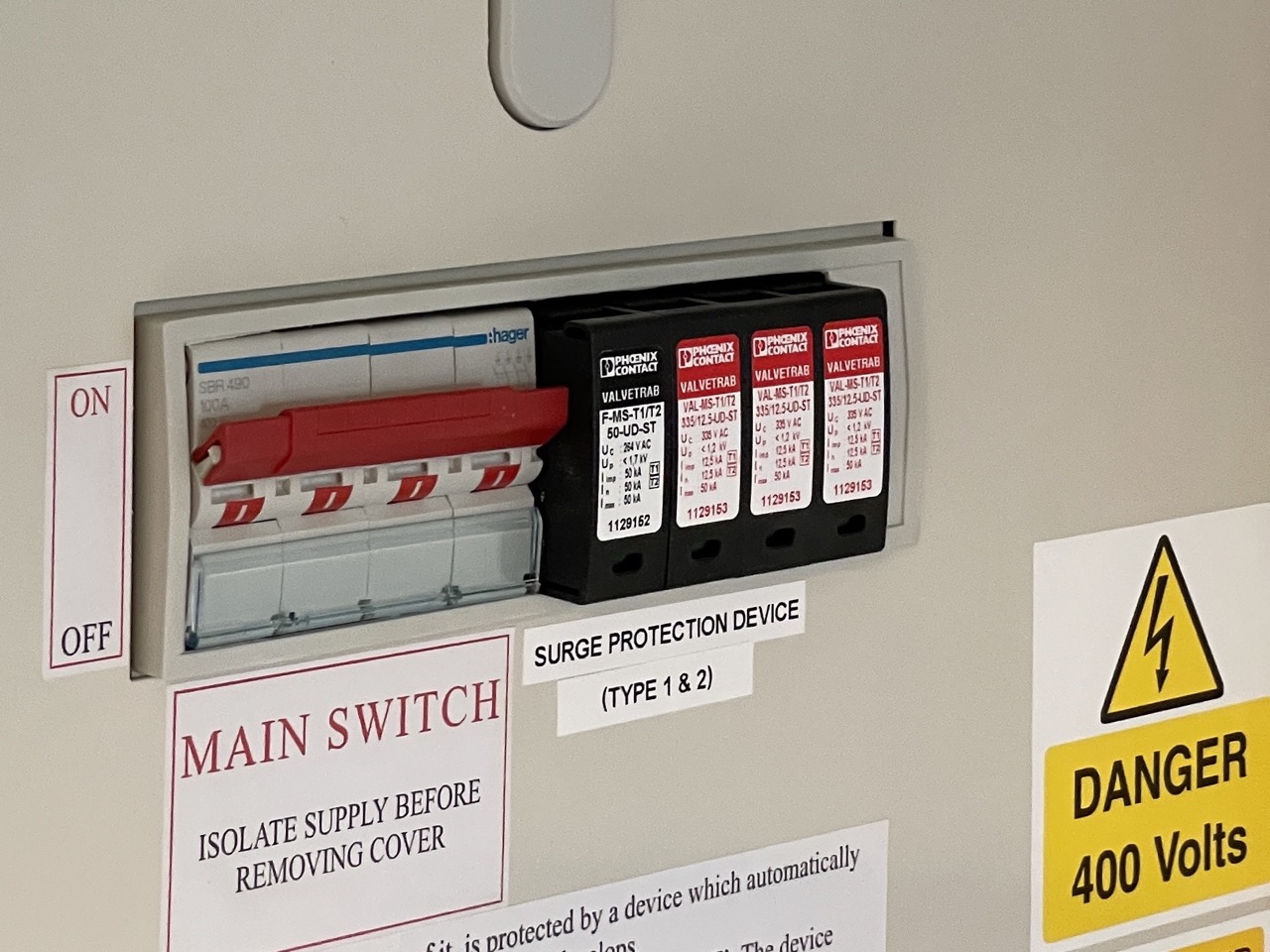
Surge Protective Devices (SPD) are used to protect the electrical installation, which consists of the consumer unit, wiring and accessories, from electrical power surges known as transient overvoltages.
They are also used to protect sensitive electronic equipment connected to the installation, such as computers, televisions, washing machines and safety circuits, such as fire detection systems and emergency lighting. Equipment with sensitive electronic circuitry can be vulnerable to damage by transient overvoltages.The effects of a surge can result in either instant failure or damage to the equipment only evident over a longer period of time.
SPD’s are usually installed within the consumer unit to protect the electrical installation but different types of SPD are available to protect the installation from other incoming services, such as telephone lines and cable TV. It is important to remember that protecting the electrical installation alone and not the other services could leave another route for transient voltages to enter the installation.
There are three different types of Surge Protective Devices:
- Type 1 SPD installed at the origin, e.g. main distribution board.
- Type 2 SPD installed at sub-distribution boards
(Combined Type 1 & 2 SPDs are available and are usually installed in consumer units). - Type 3 SPD installed close to the protected load. They must only be installed as a supplement to Type 2 SPD.
What are transient overvoltages?
Transient overvoltages are defined as short duration surges of electricity which occur due to the sudden release of energy previously-stored or induced by other means. Transient overvoltages can be either naturally occurring or man-made.
How do transient overvoltages occur?
Man-made transients appear due to switching of motors and transformers, along with some types of lighting. Historically this has not been an issue within domestic installations but more recently, installations are changing with the advent of new technologies such as electric vehicle charging, air/ground source heat pumps and speed-controlled washing machines have made transients much more likely to occur within domestic installations.
Natural transient overvoltages occur due to indirect lightning strikes most likely to happen due to a direct lightning strike on an adjacent overhead power or telephone line causing the transient overvoltage to travel along the lines, which can cause significant damage to the electrical installation and associated equipment.
Do I have to have SPDs installed?
The current edition of the IET Wiring Regulations, BS 7671:2018, states that unless a risk assessment is carried out, protection against transient overvoltage shall be provided where the consequence caused by overvoltage could:
Result in serious injury to, or loss of, human life; or
Result in interruption of public services and/or damage to cultural heritage; or
Result in interruption of commercial or industrial activity; or
Affect a large number of co-located individuals.
It is also worth checking with your insurance company as some policies may state that equipment must be covered with an SPD or they will not payout in the event of a claim.
This regulation applies to all types of premises which include domestic, commercial and industrial.
Reference – IET
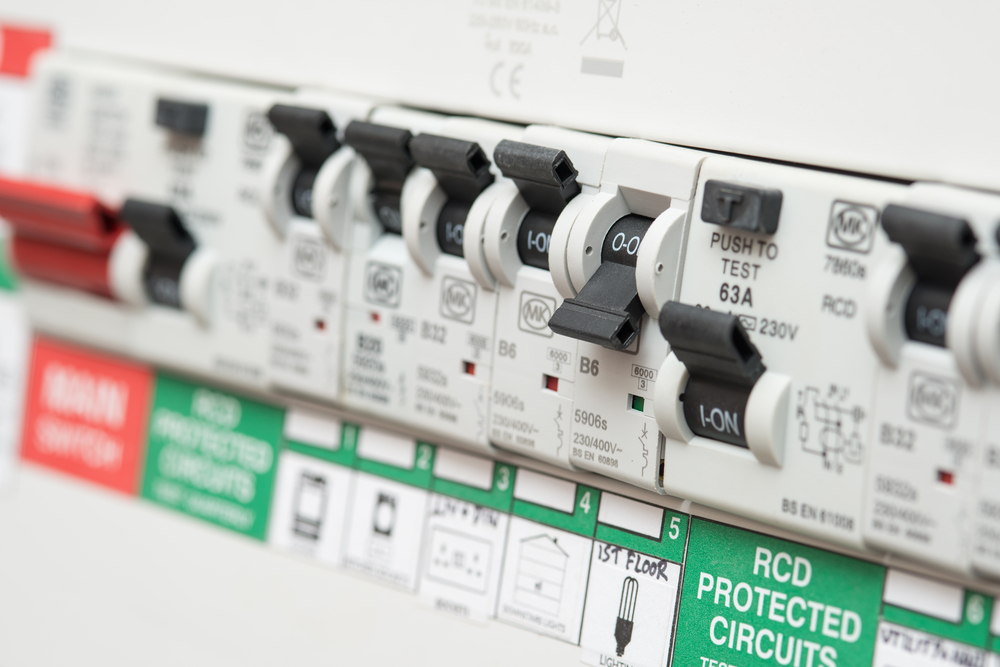
A Residual Current Device (RCD) is a safety device designed to quickly disconnect electrical circuits when it detects an imbalance in the electric current, helping prevent electrical shocks and fire hazards. An RCD is a standalone device that is typically installed at the origin of the electrical installation. It offers protection to a group of circuits or to the entire installation, detecting imbalances in the current flow.
RCD’s & Split Load Consumer Units are now being phased out in place of RCBO’s, mainly due to the combination of earth leakage in modern installations & nuisance tripping. The cost of RCBO’s have come down considerably recently and benefit the installation by combining the functions of an RCD with an MCB into a miniature device. If a circuit trips when protected by an RCBO it does not affect half of the house / installation as it would with an RCD / split load consumer unit, only that individual circuit would be isolated.
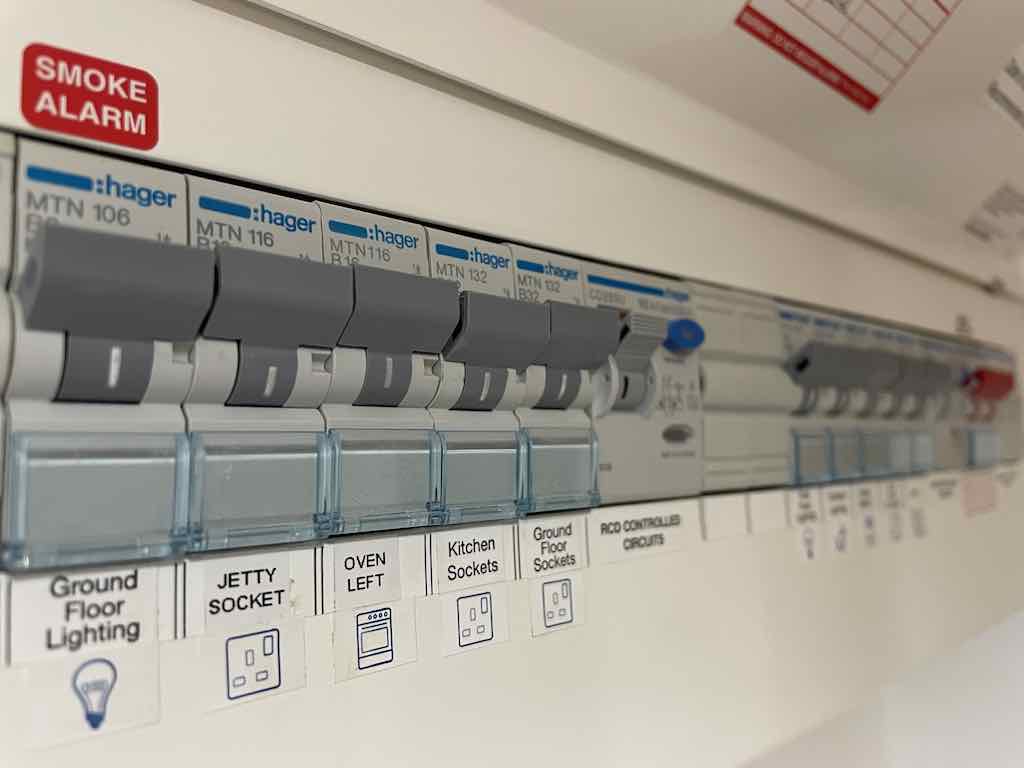
An ‘MCB’ (Miniature Circuit Breaker) primarily acts as a circuit breaker, protecting against overloads and short circuits. It is responsible for interrupting the current flow when it exceeds the rated capacity of the circuit – protecting the cabling or when a short circuit occurs. MCBs are commonly used in residential and commercial settings to protect individual circuits and appliances. They can be paired with an RCD where required, in a spilt-load consumer unit to combine overload, short circuit & earth leakage protection. Or simply fit an all-in-one ‘RCBO’ device which contains all of the above in one unit.
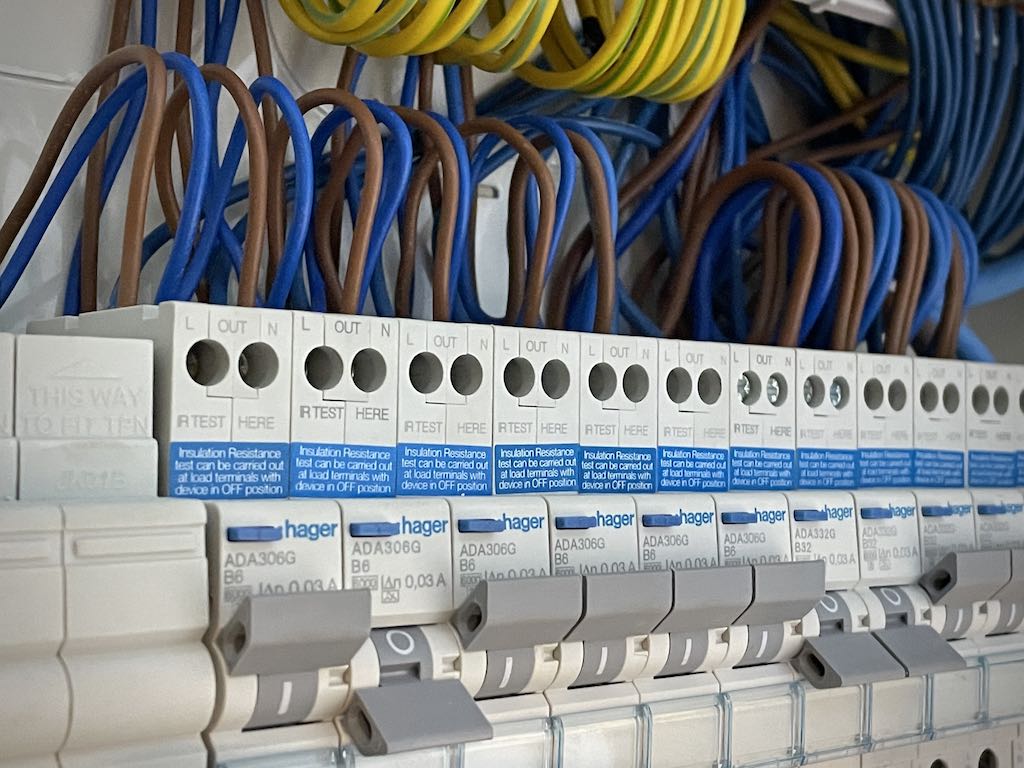
RCBO stands for ‘Residual Current Breaker with Over-Current‘. As the name suggests it protects against two types of fault and in essence combines the functionality of an MCB and RCD.
The primary functions of RCBOs are to ensure protection against earth fault currents, overload, and short circuit currents. It is recommended that an RCBO be attached to each separate circuit, meaning that a fault in one circuit will not affect the functioning of the others.
A Distribution Board or DB is generally a consumer unit that is used in larger, more power hungry electrical installations such as industrial and commercial settings. They are often larger than the traditional consumer unit found in your house, although ultimately operate in much the same way.
Distribution boards, will often be Three Phase, used for more demanding applications and larger motors for example
A DB divides the incoming electrical power supply into subsidiary circuits. These circuits are provided with a protective fuse or circuit breaker with the rating depending on the cables size, installation method and length.
A distribution board can feed multiple other DB’s known as Distribution Circuits or sub-main’s
Consumer units are basically the modern and safer version of fuse boxes.
If your house is fitted with an old fuse board / fuse box which is wooden, or has rewireable fuses – it might be time to for you to replacement as it may not have RCD protection for example and modern safety devices. However, just because the fusebox is old does not mean it needs replacing. It is recommended that you have an Electrical Installation Condition Report / EICR carried out to inspect and test your fusebox and the wiring in your home. Contact us today to book an inspection and for advice
Fully Registered Approved Electrician
AREAS COVERED
Kent, Cambridgeshire & Suffolk
CALL NOW
07984287487
WORKING HOURS
7:00am – 21:00pm
Don’t just take our word for it! This is what our clients have to say about us:
ELECTRICAL SERVICES
We undertake all types of electrical work – no project is too big or too small!


